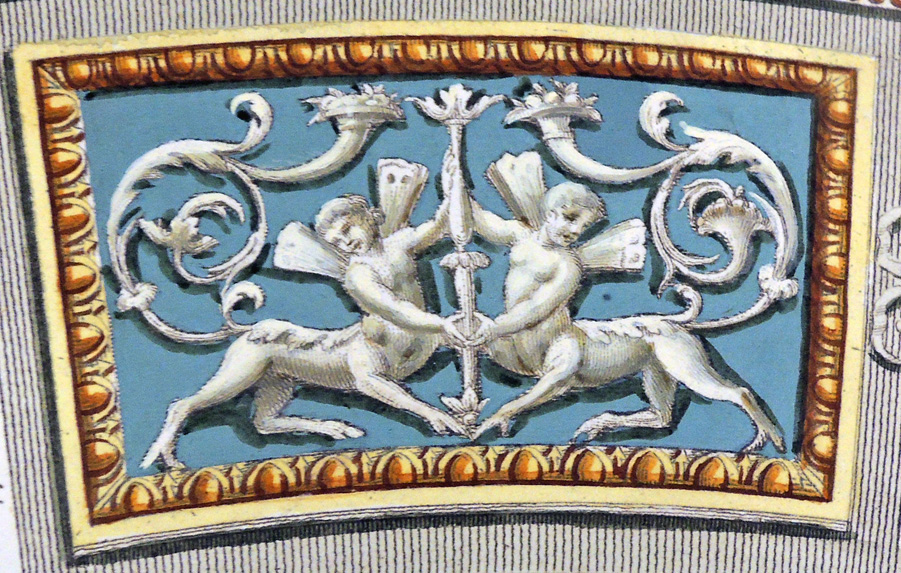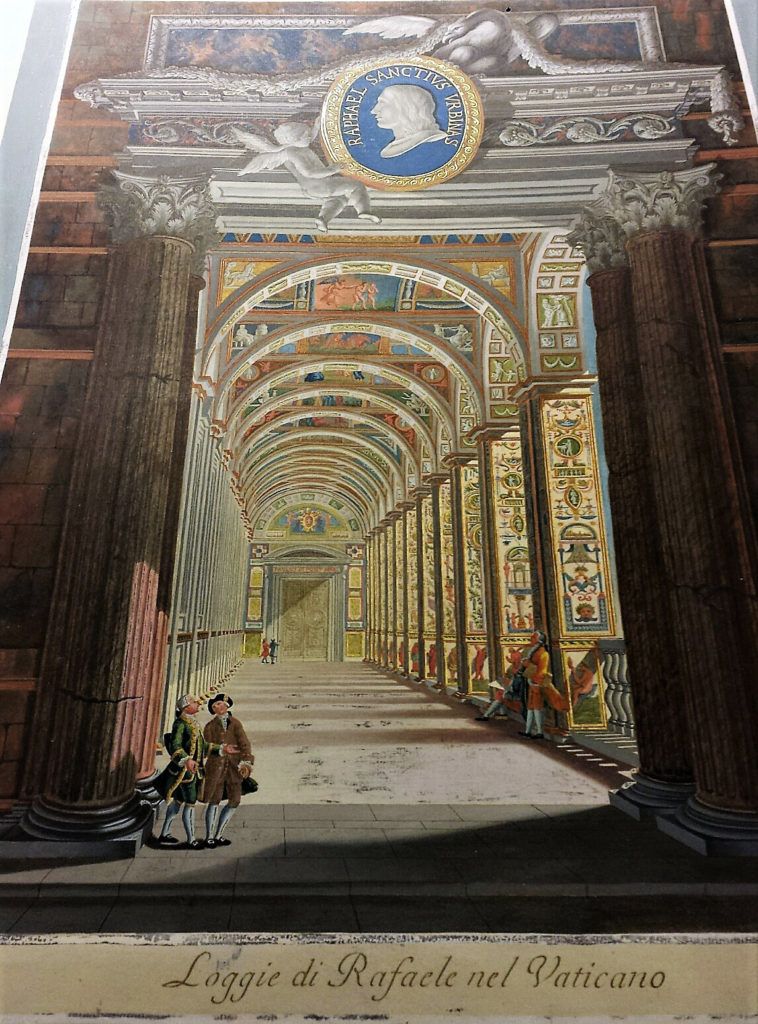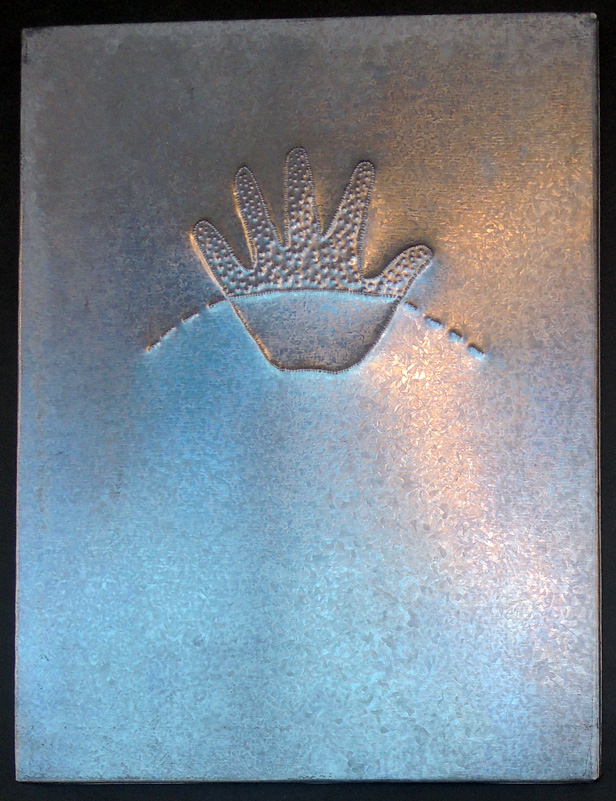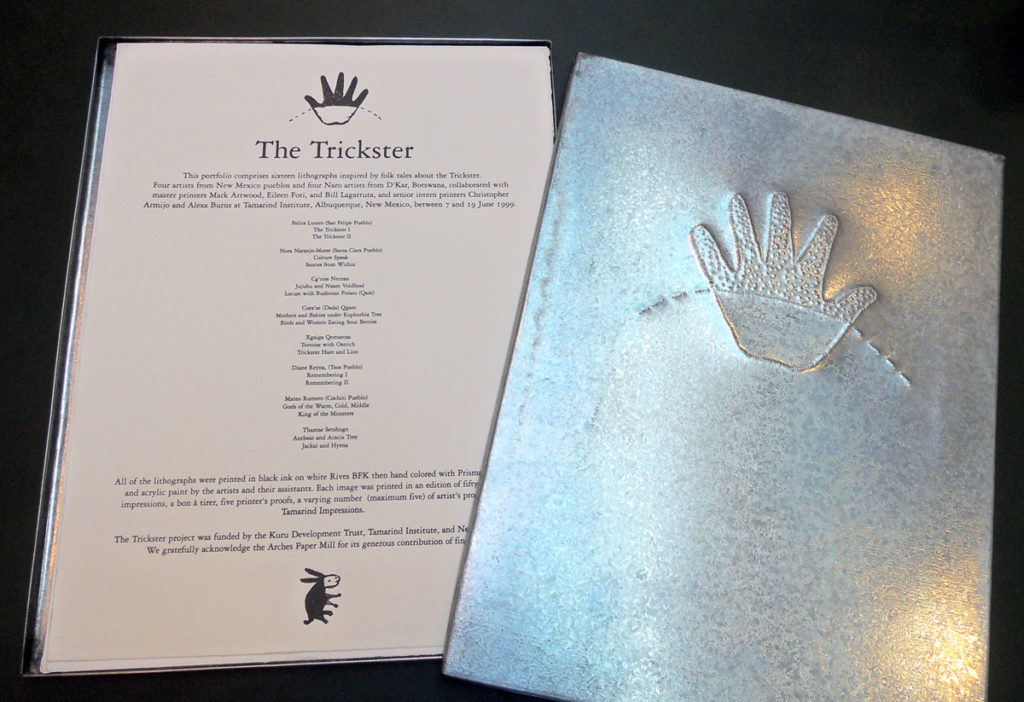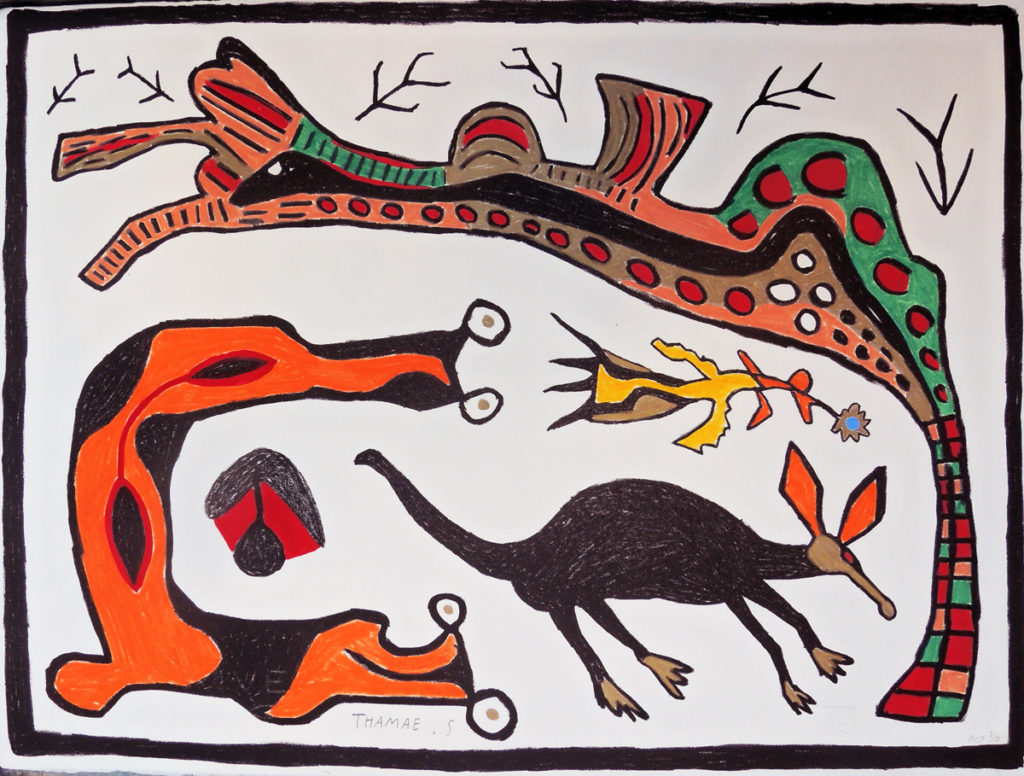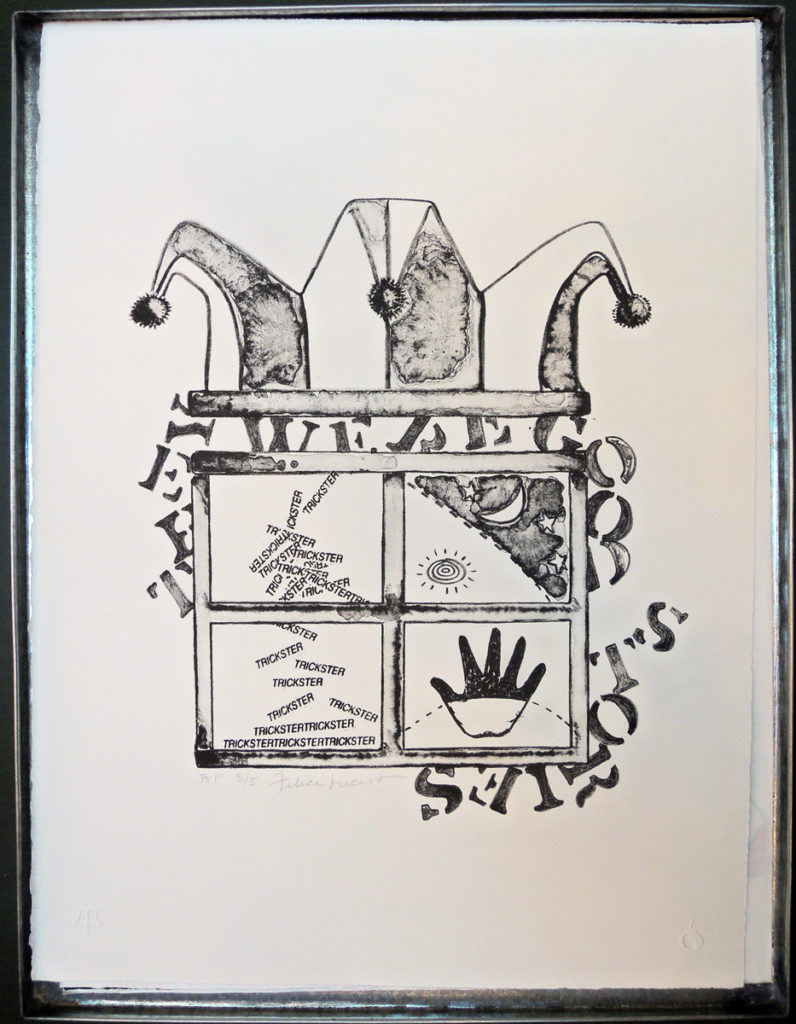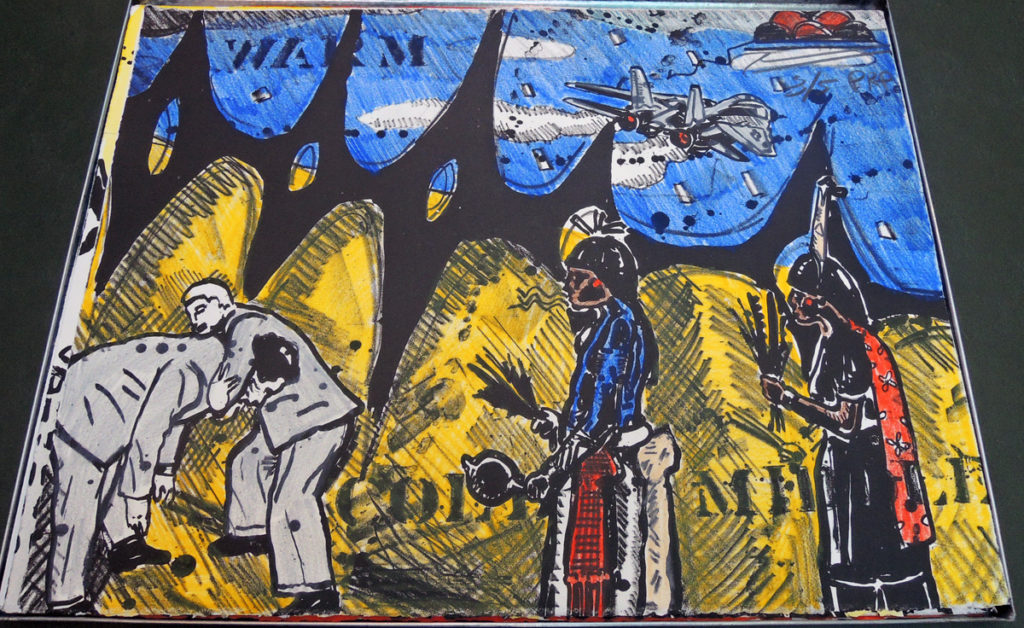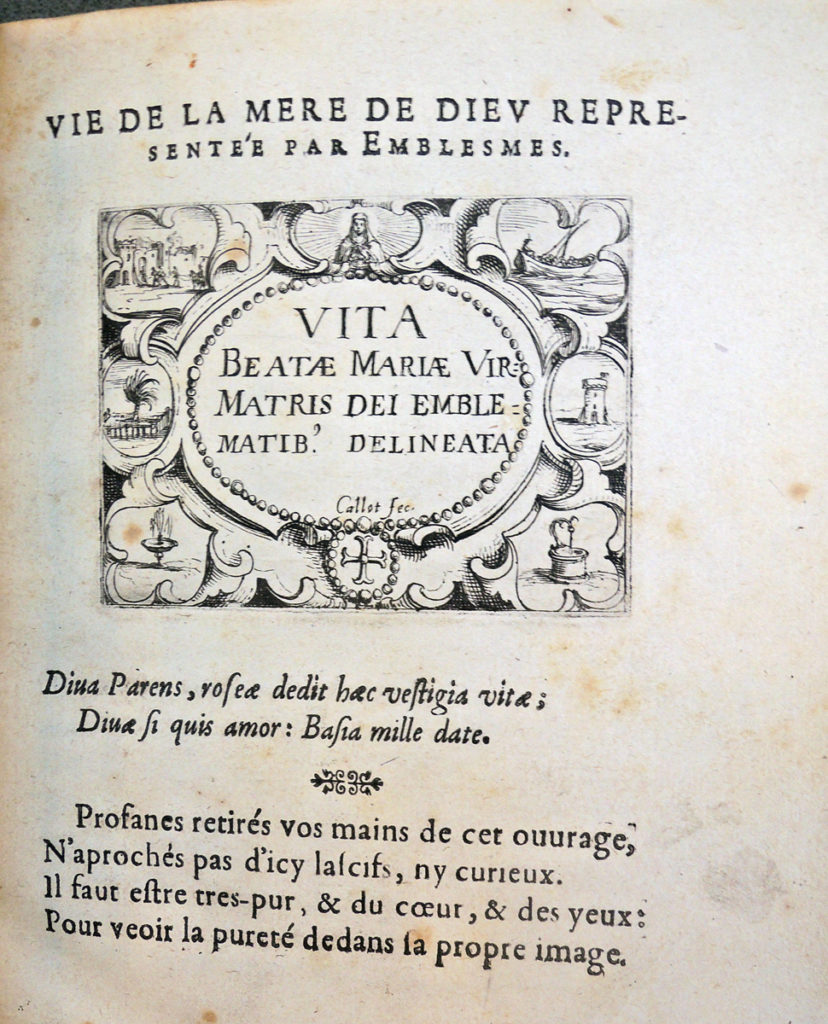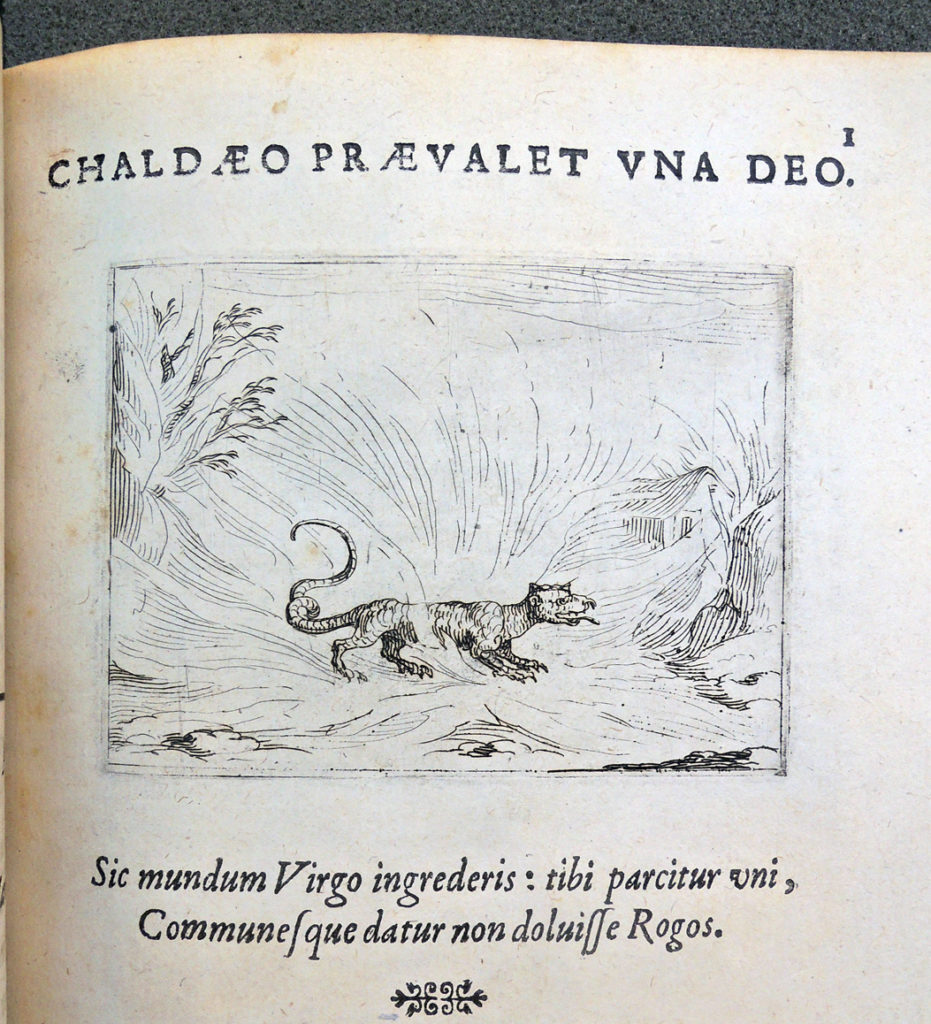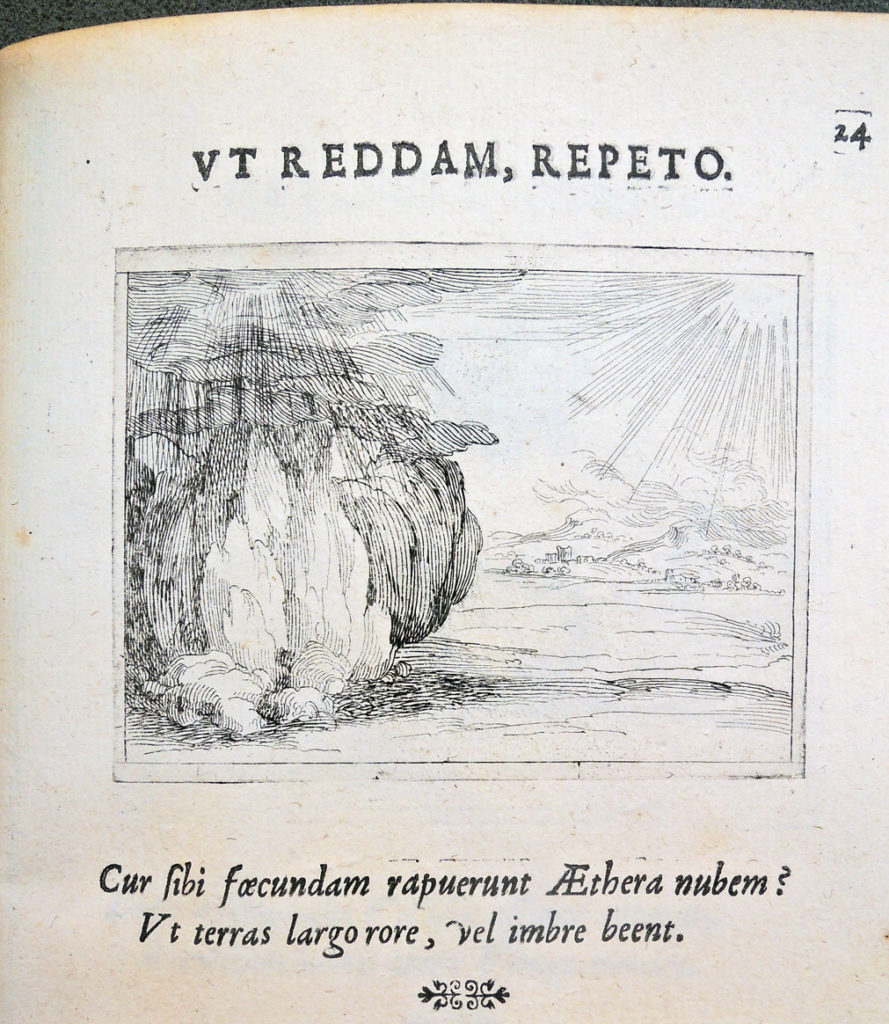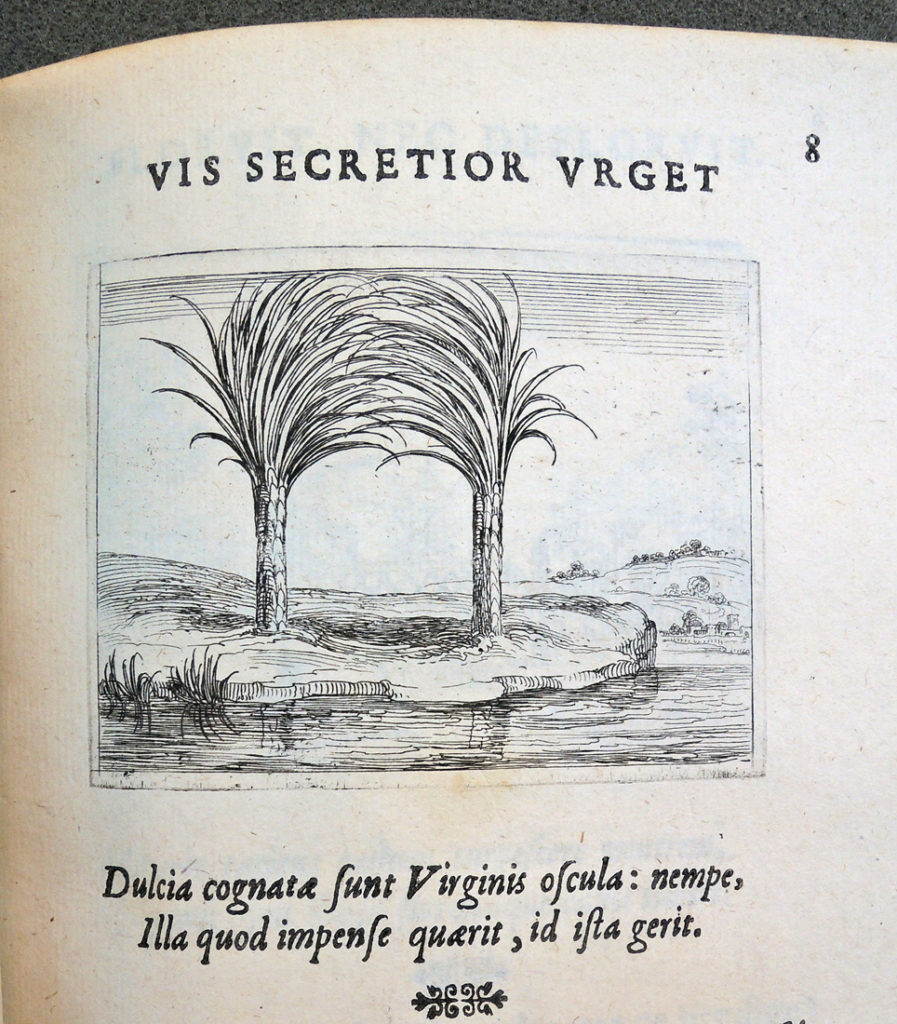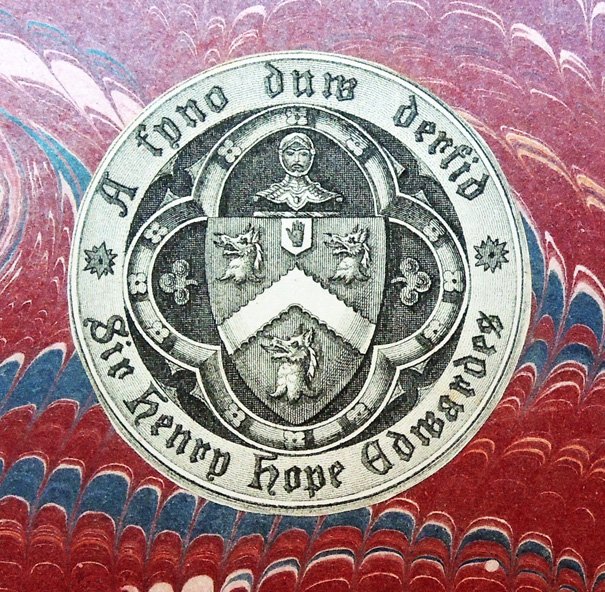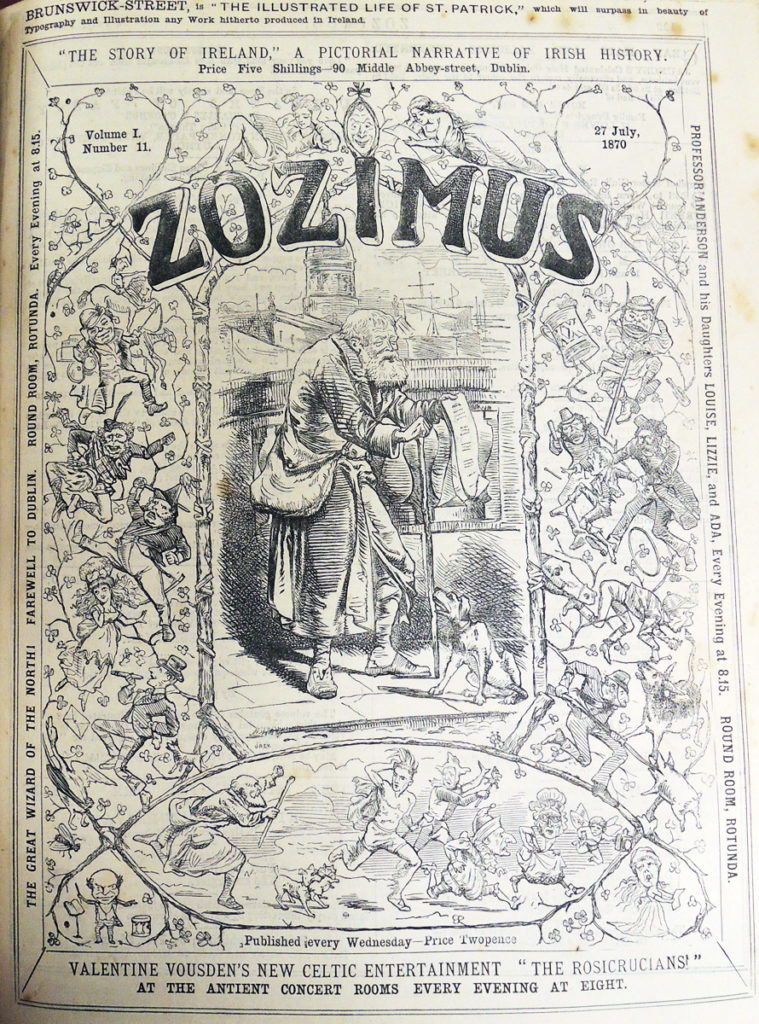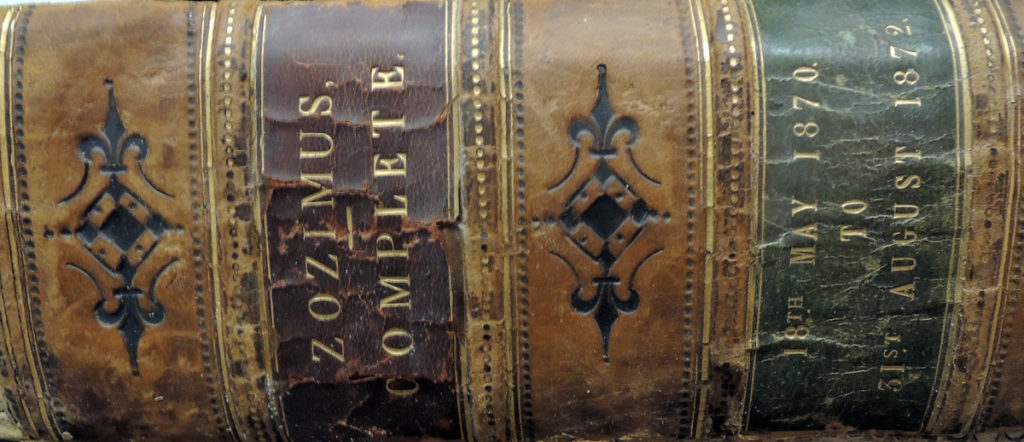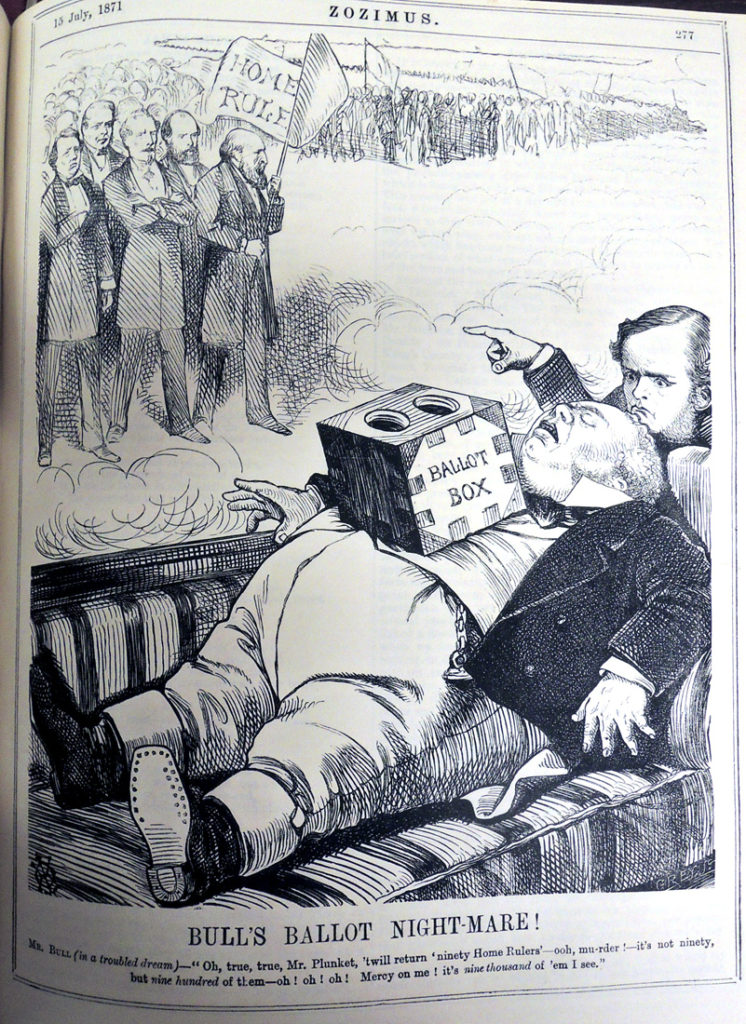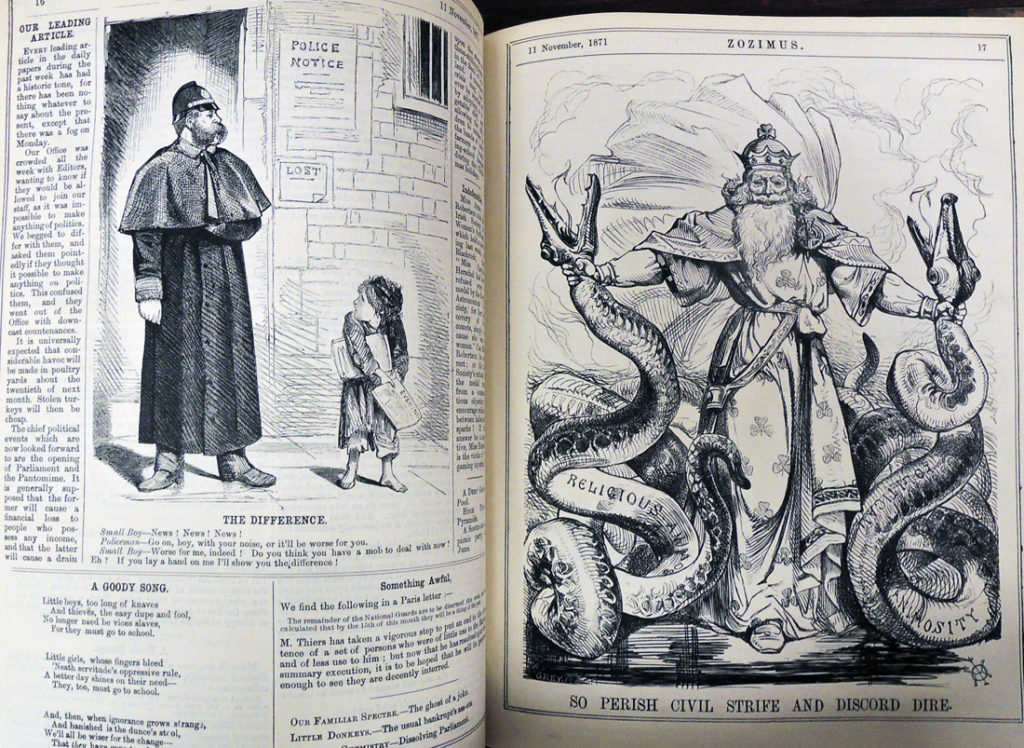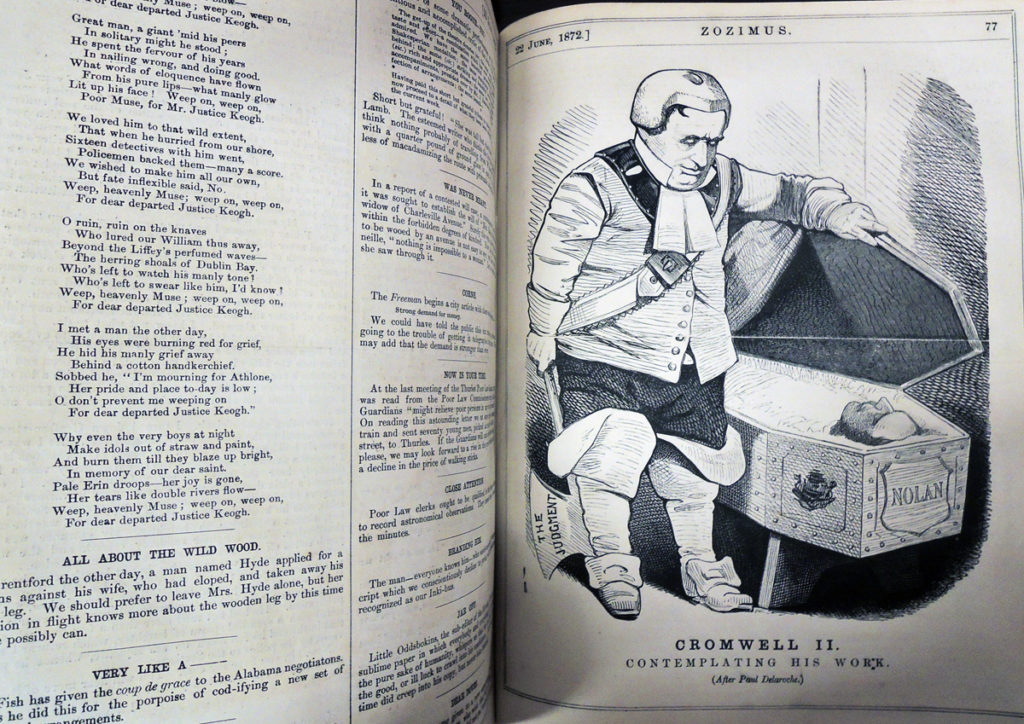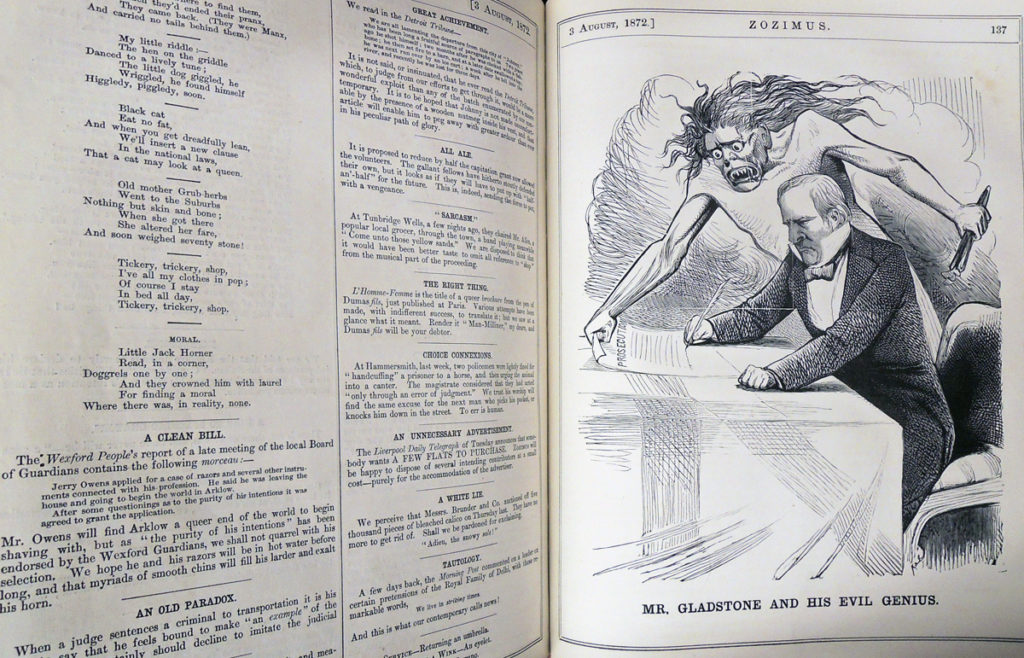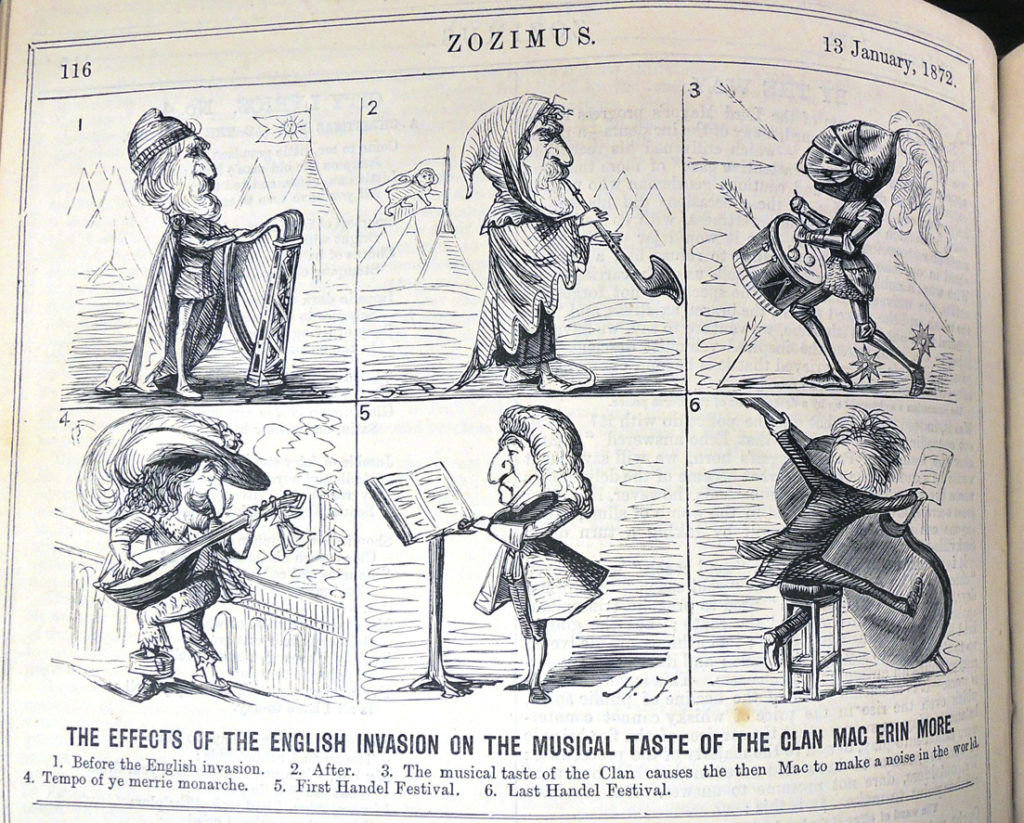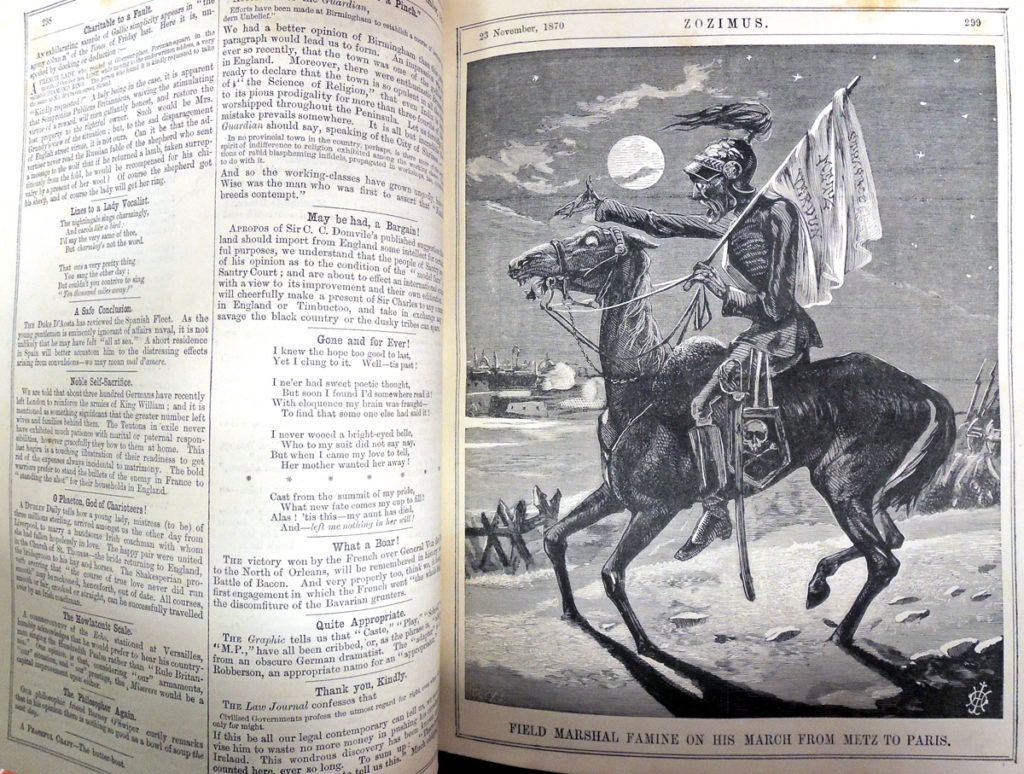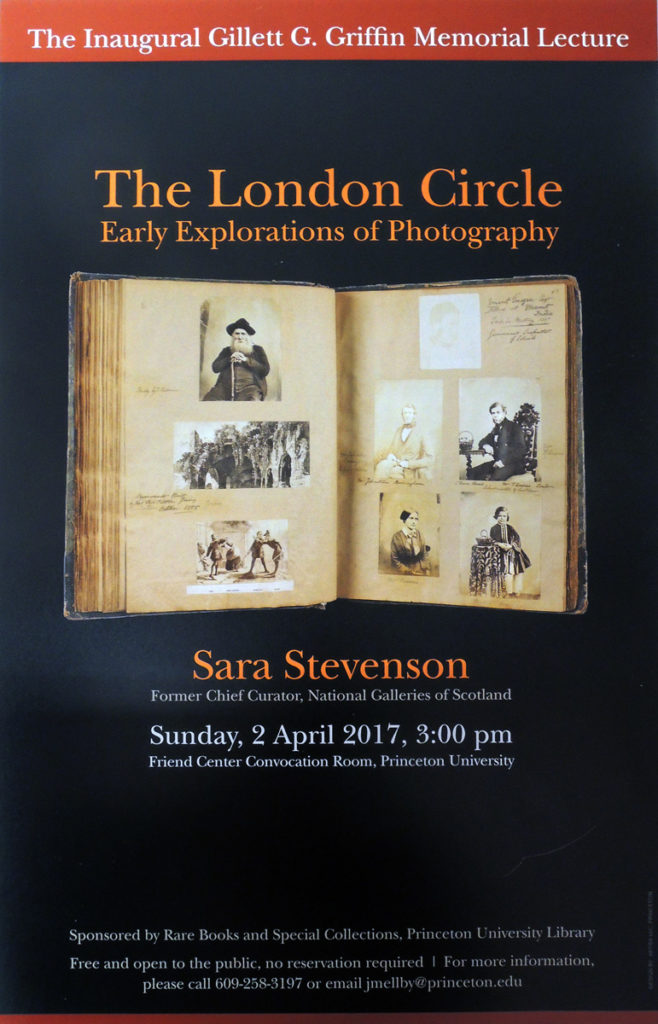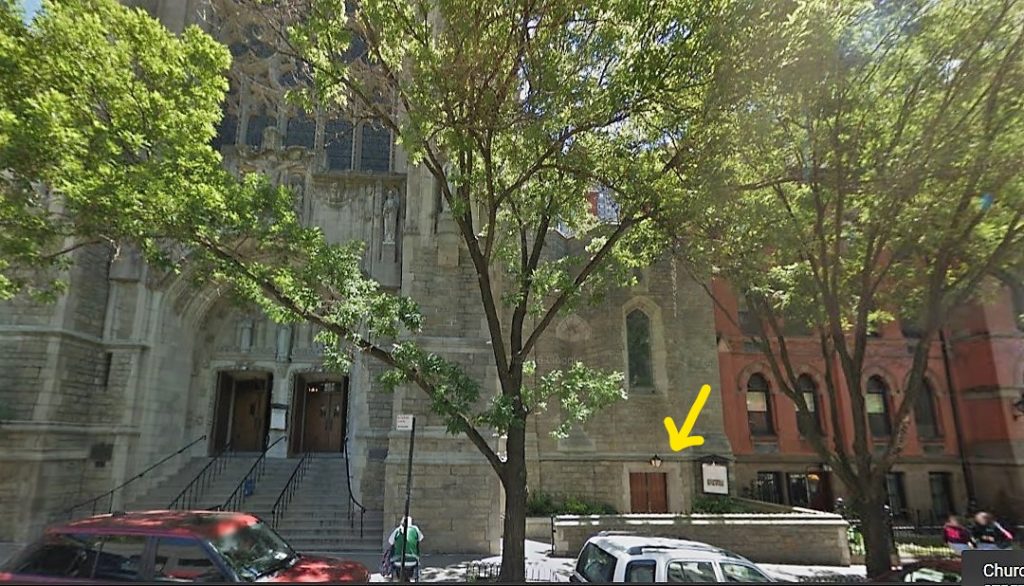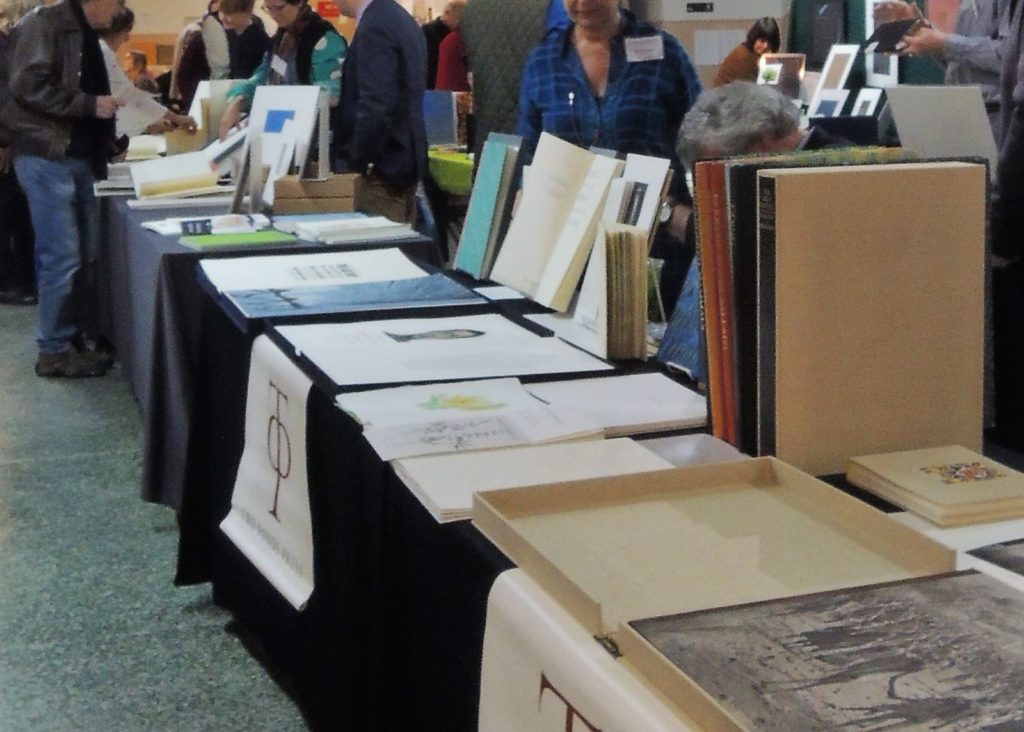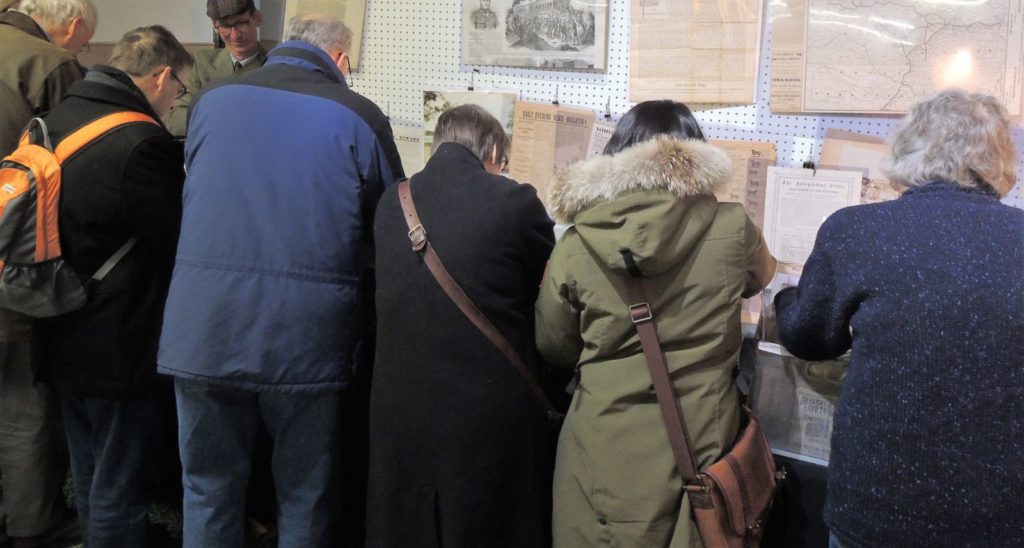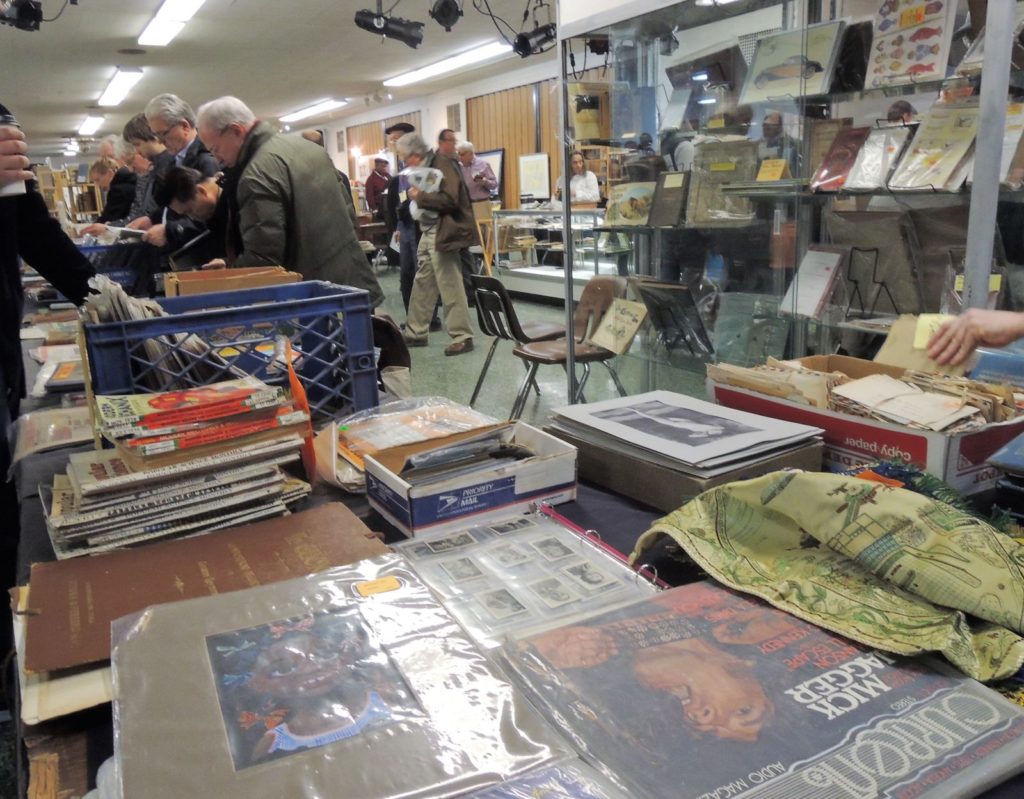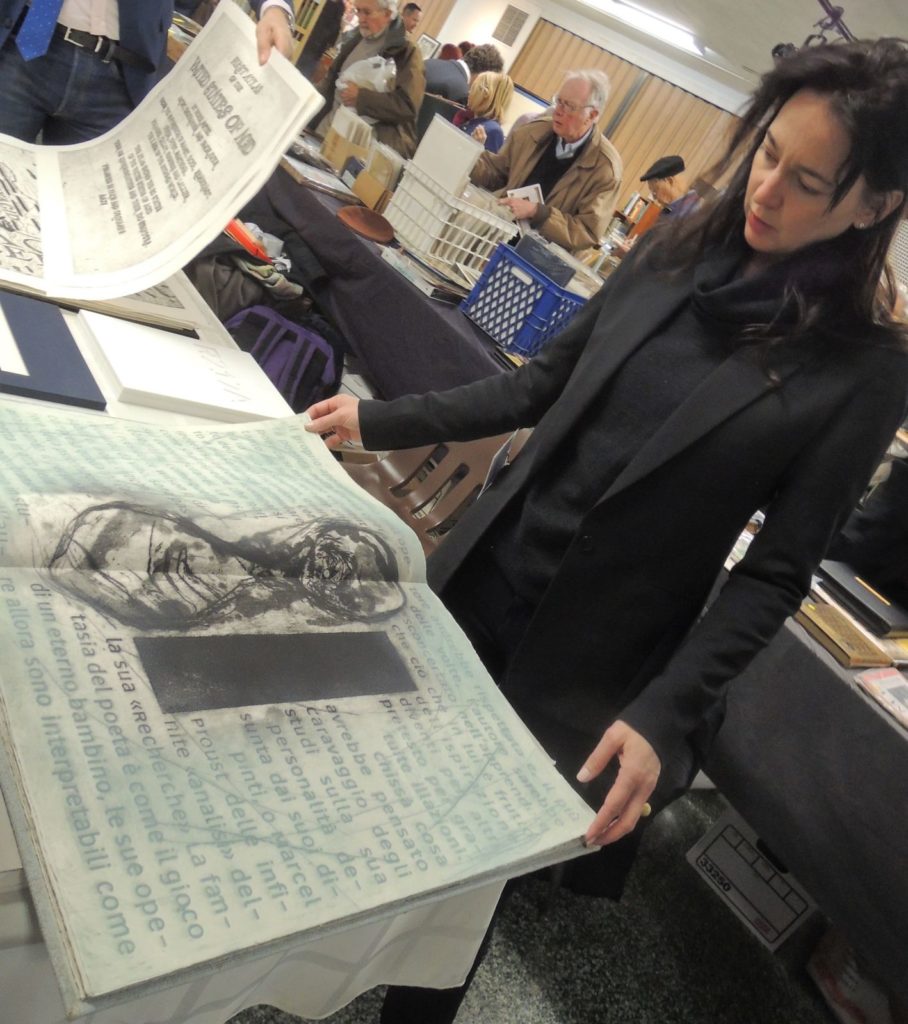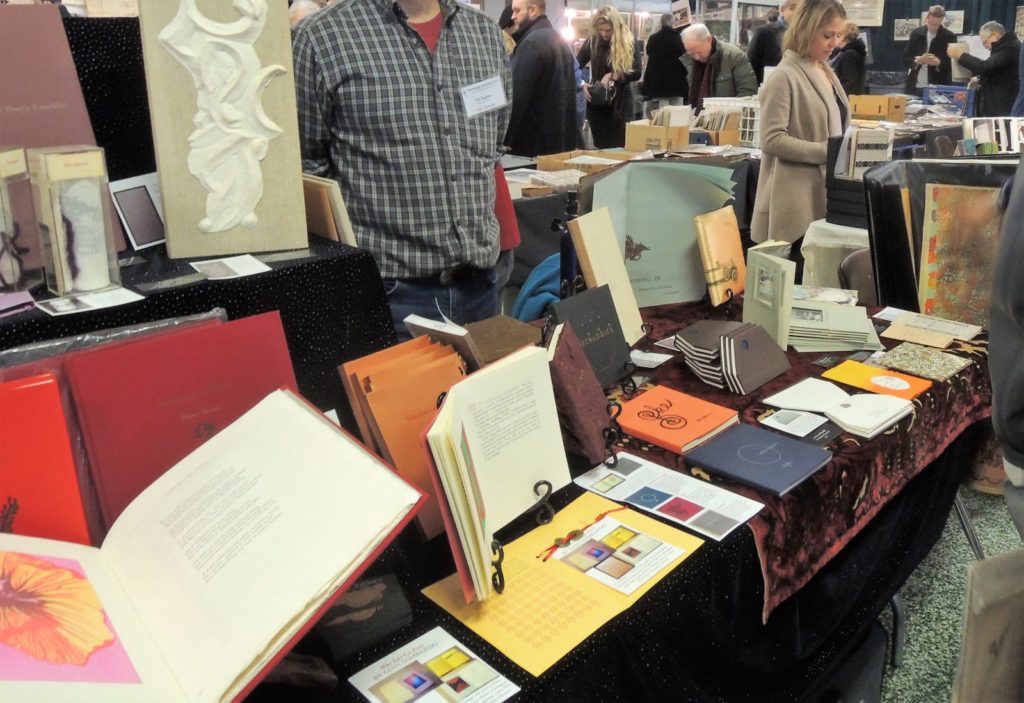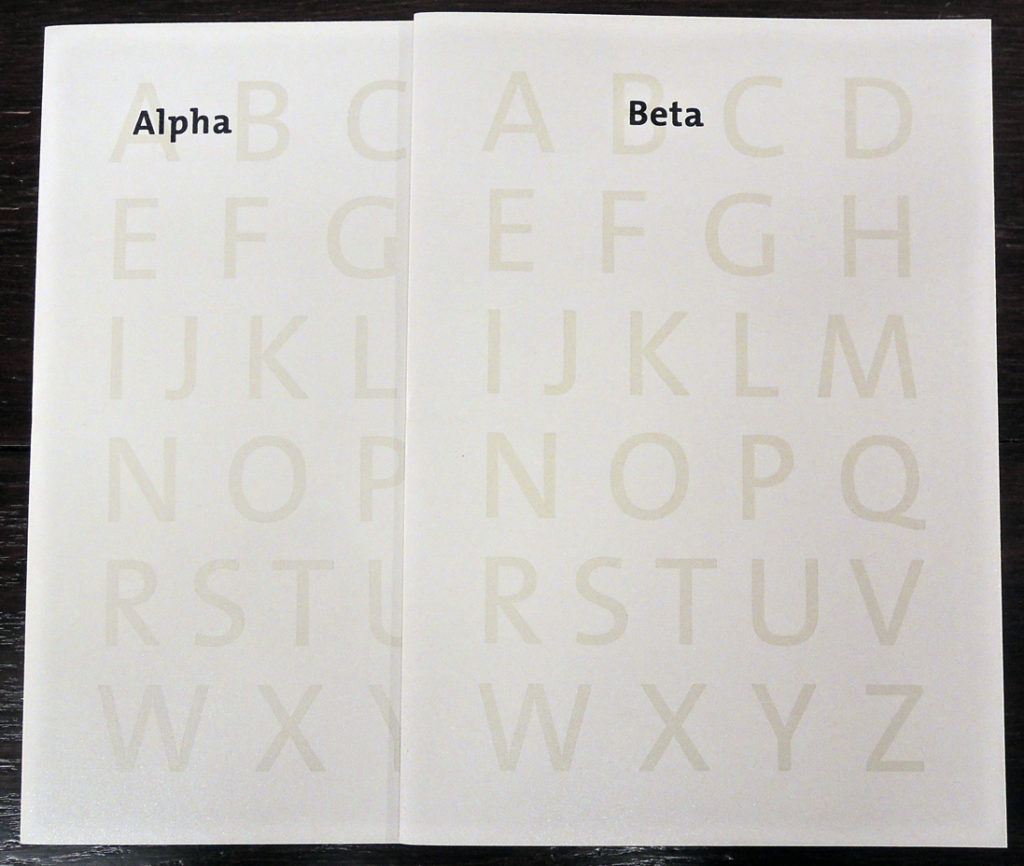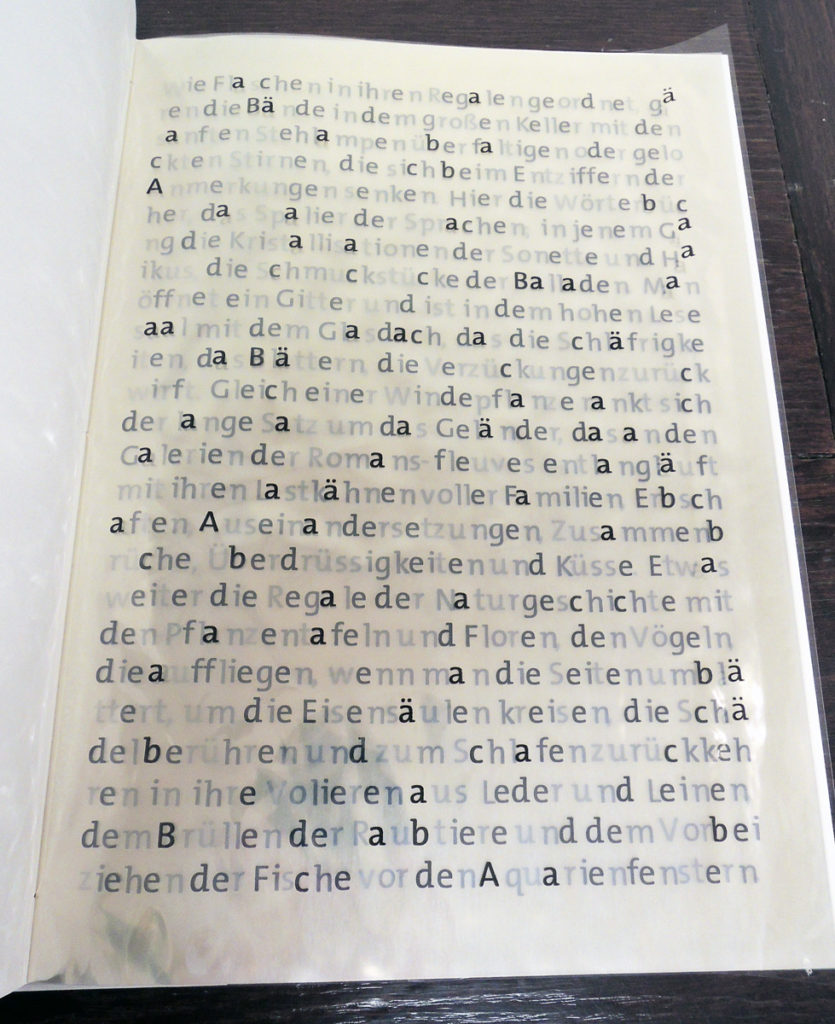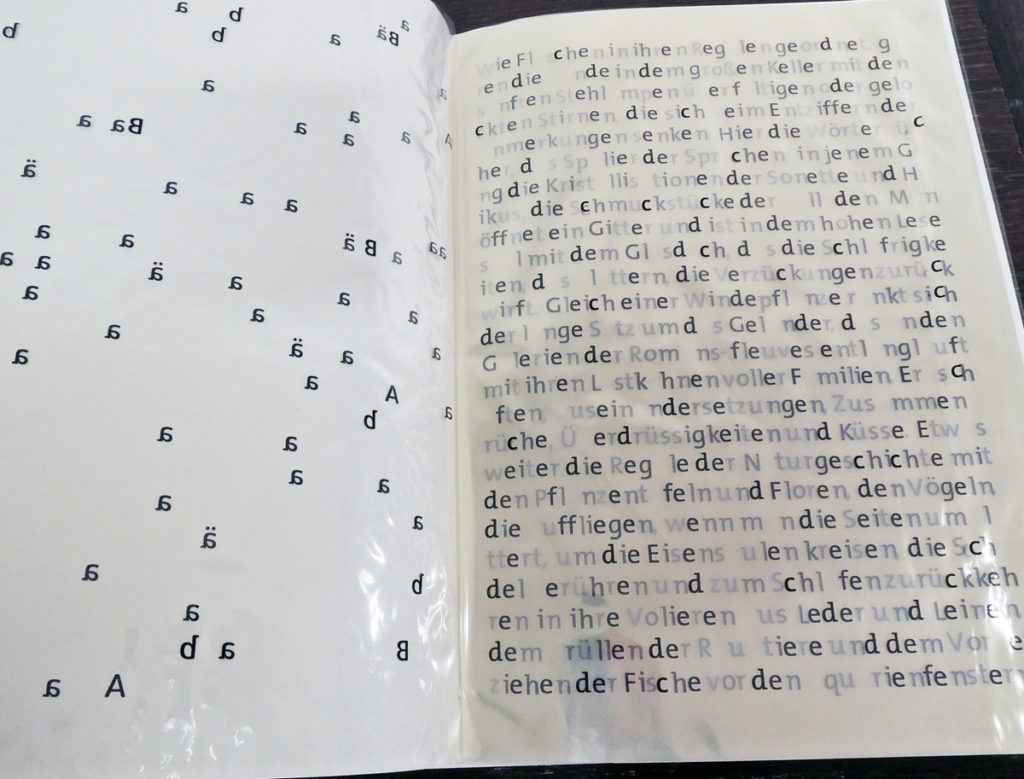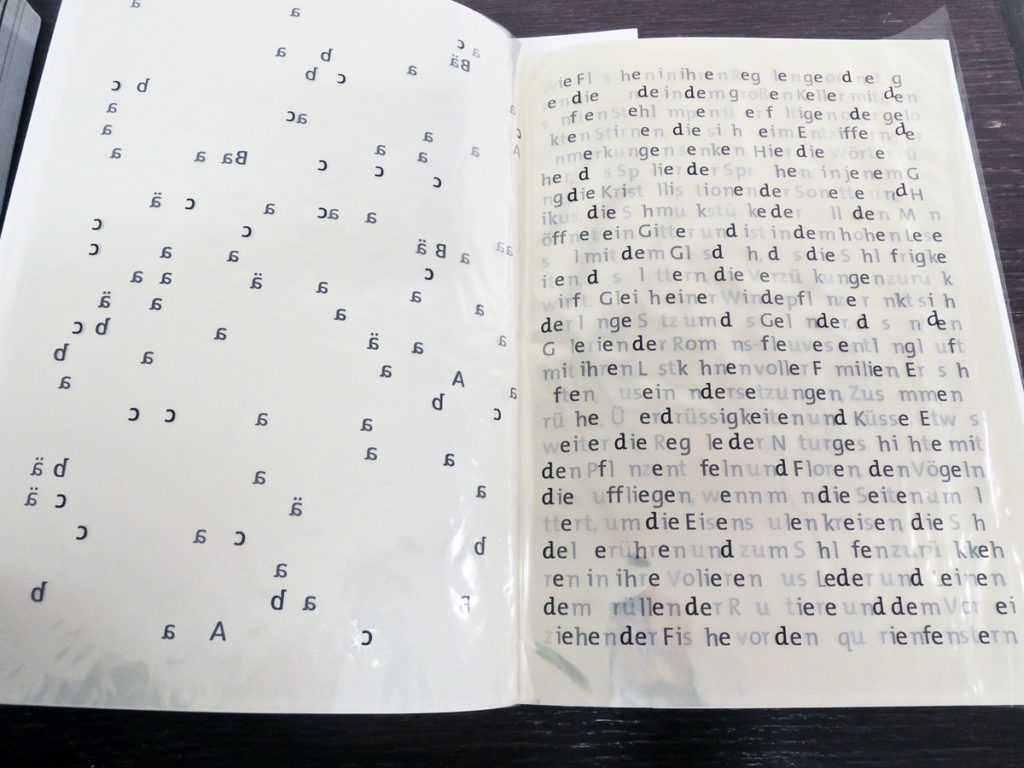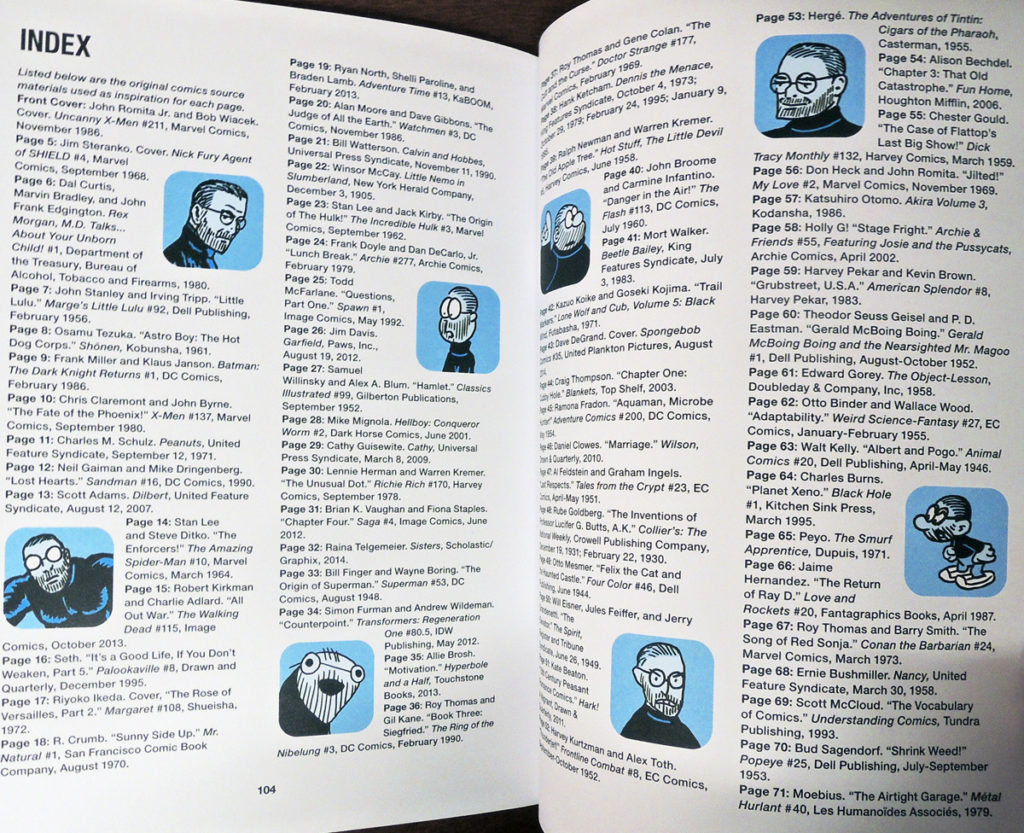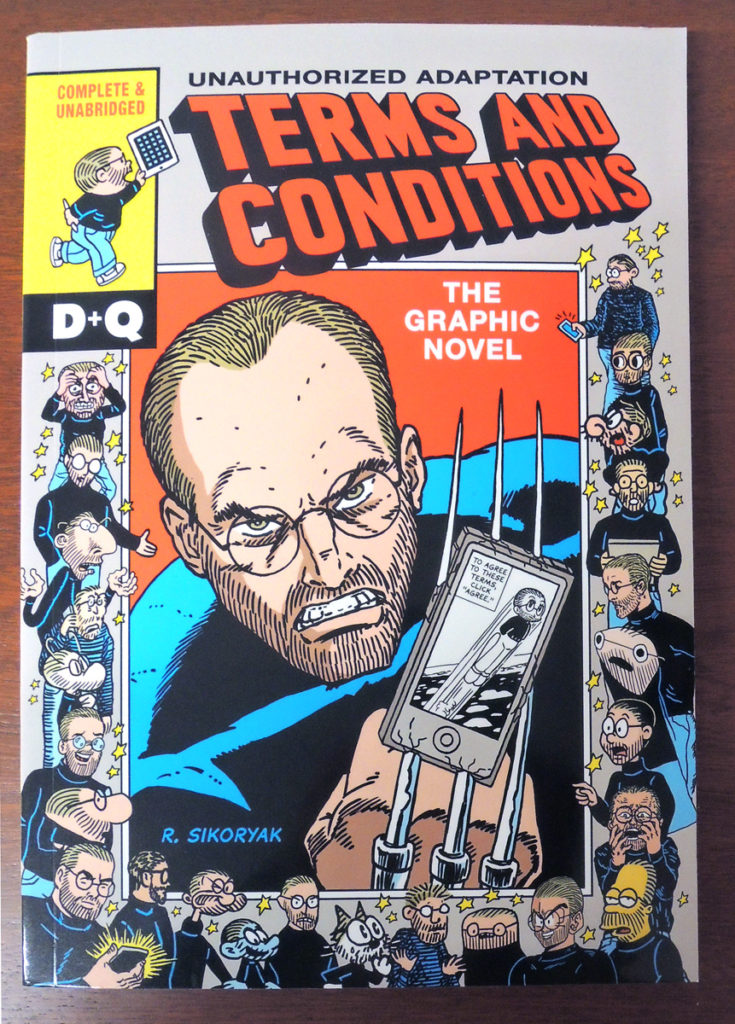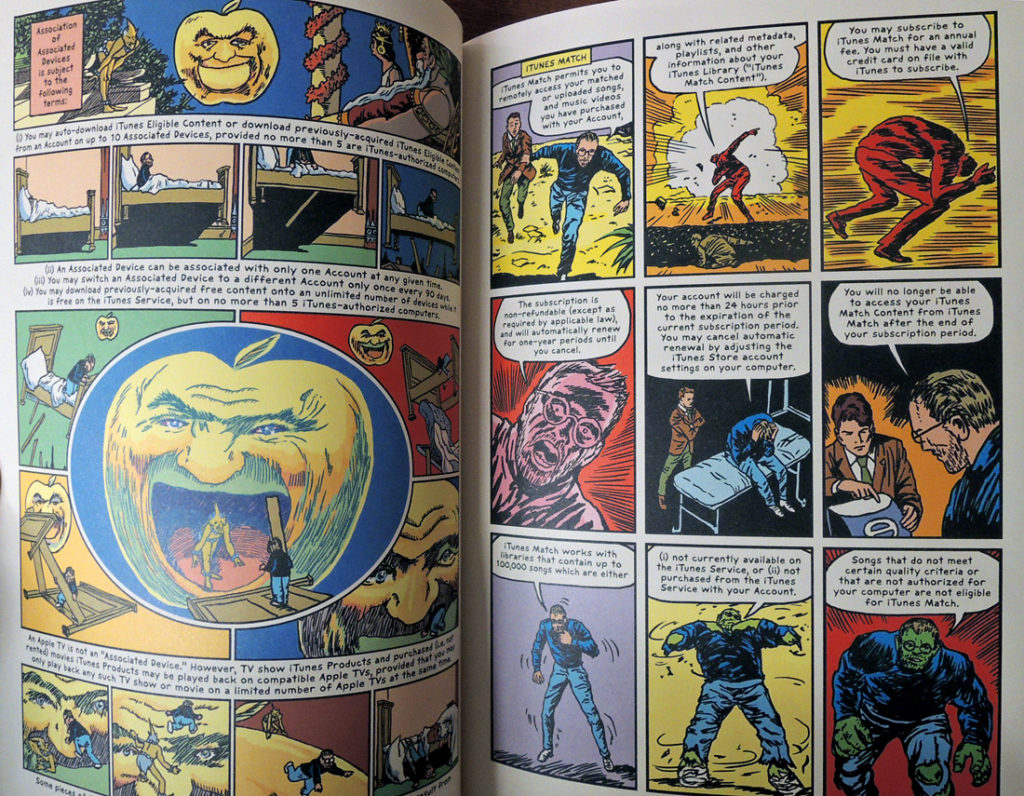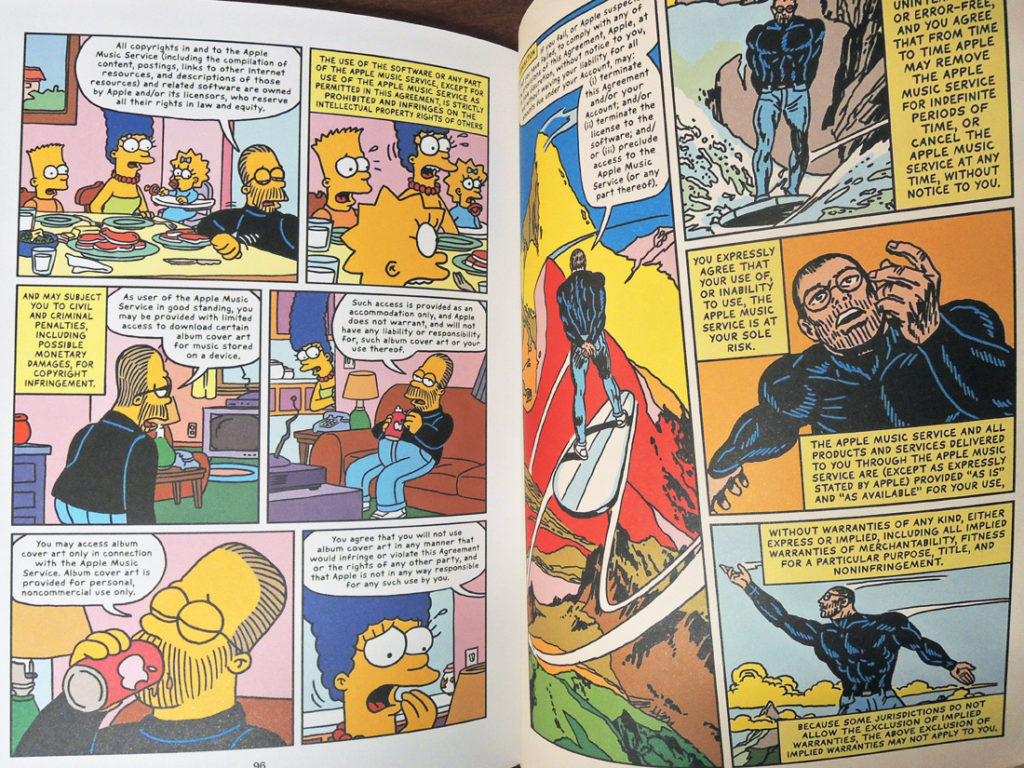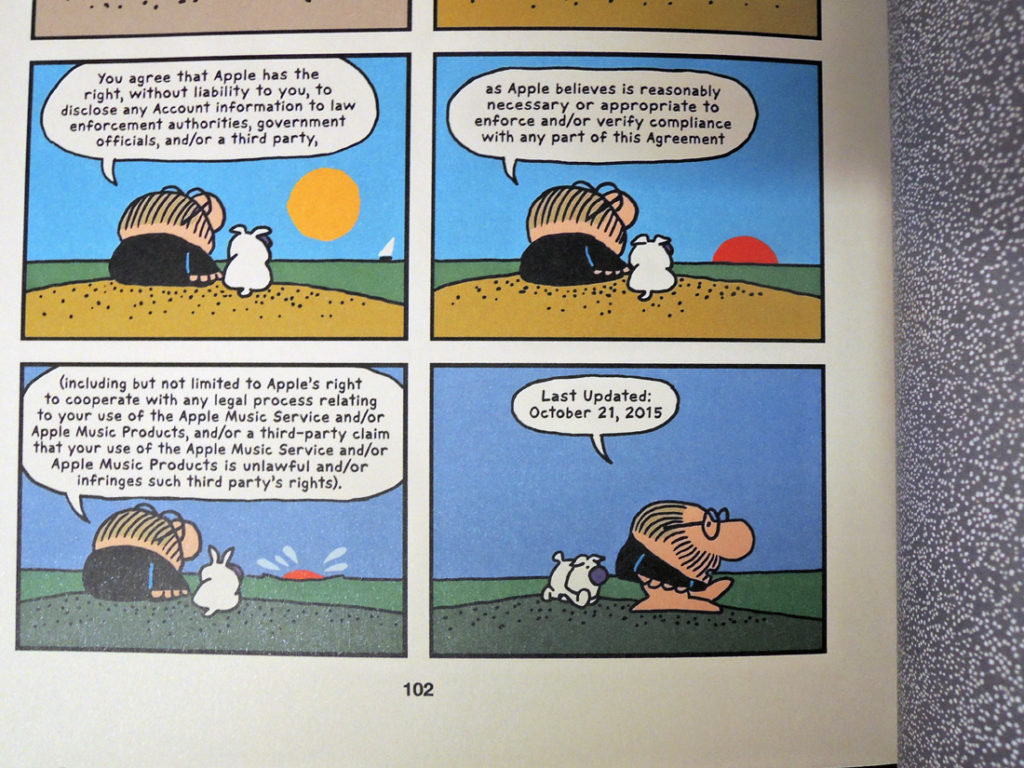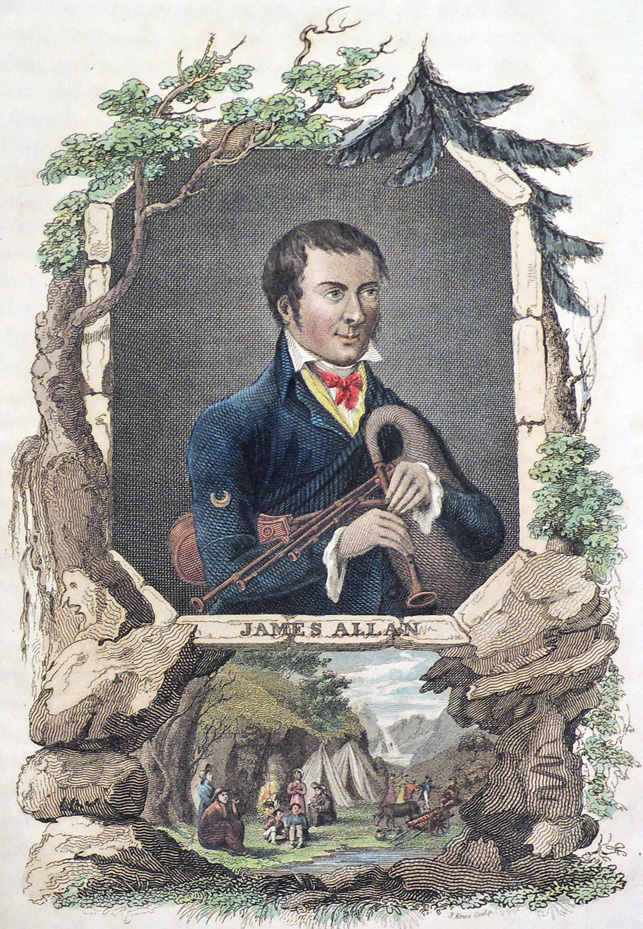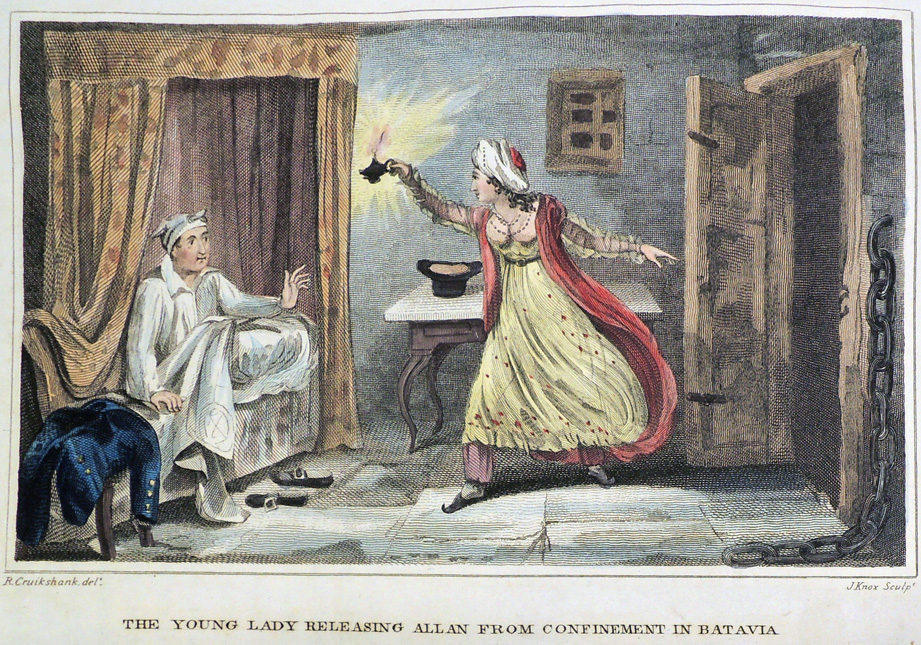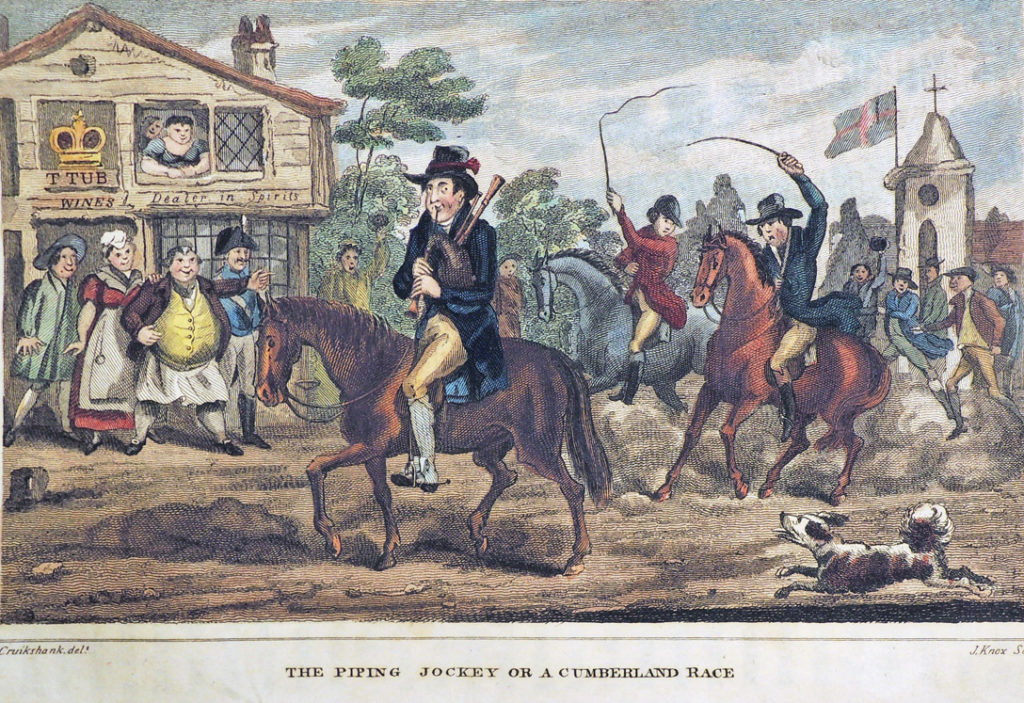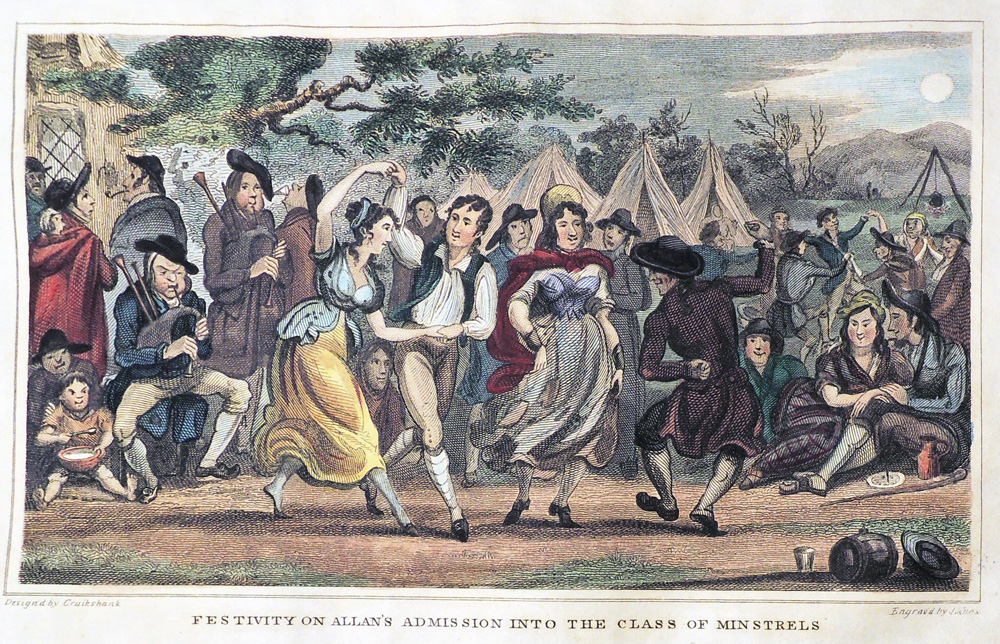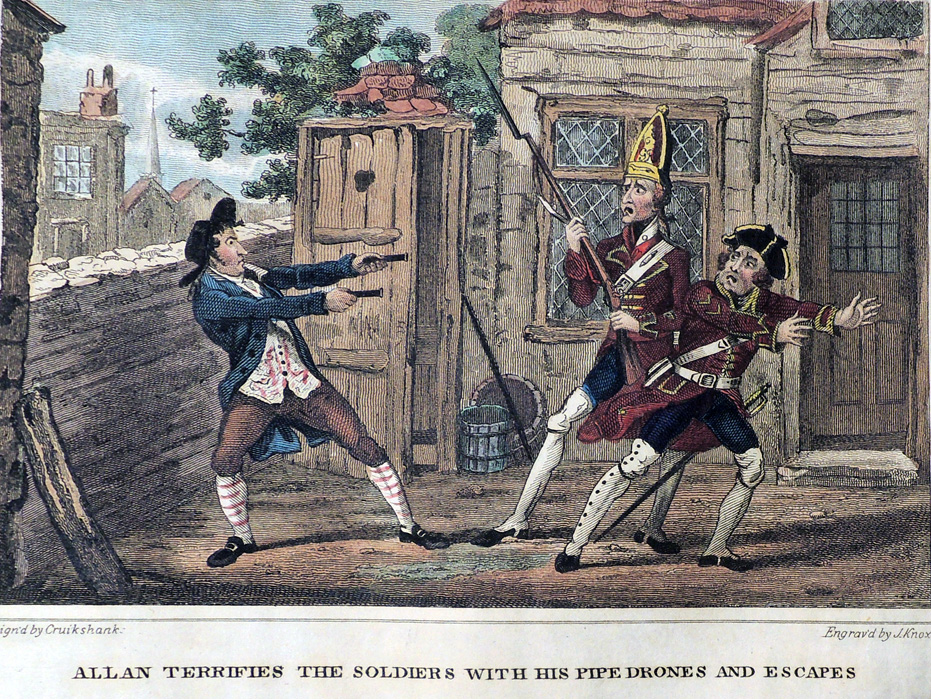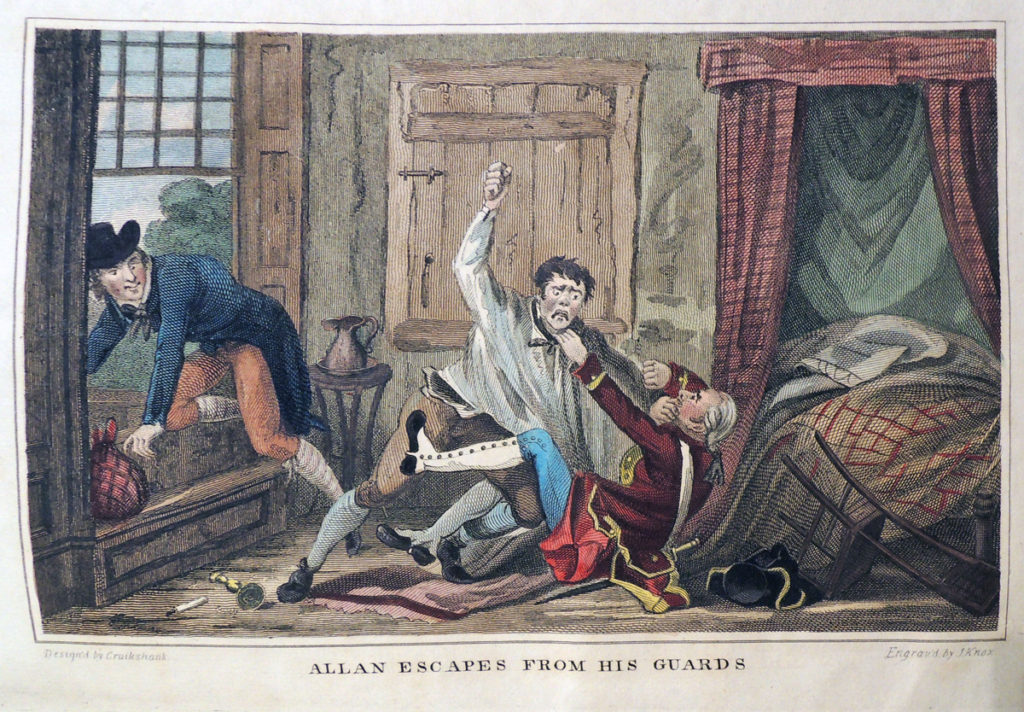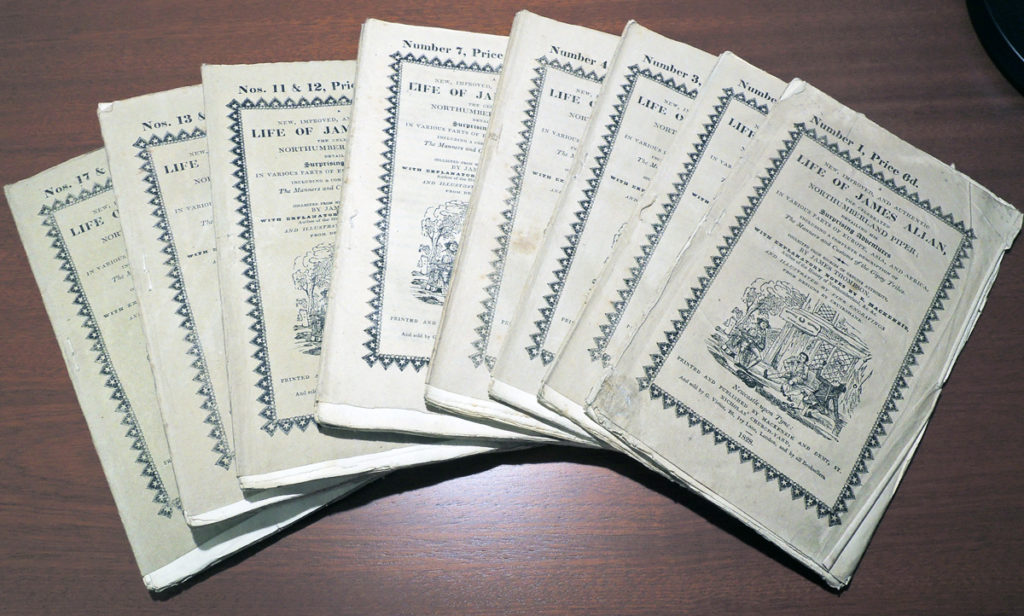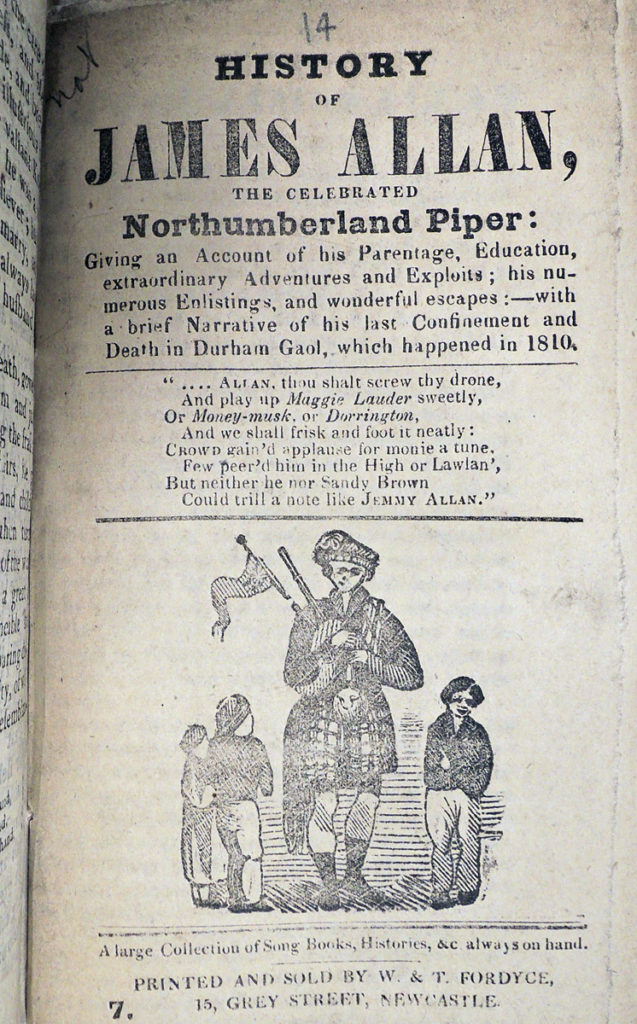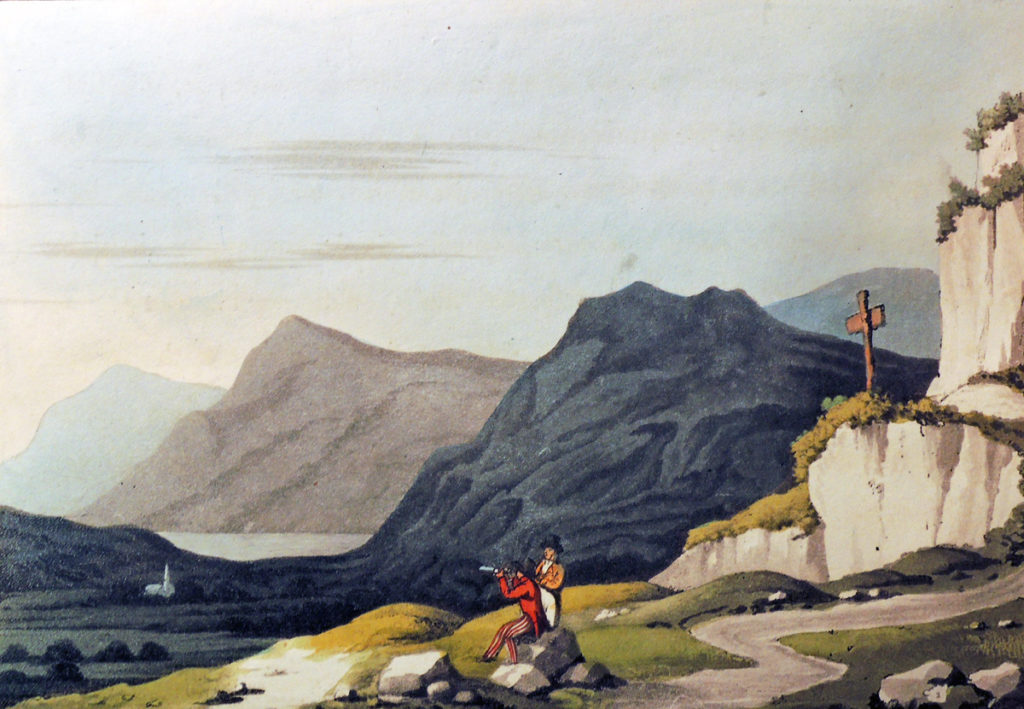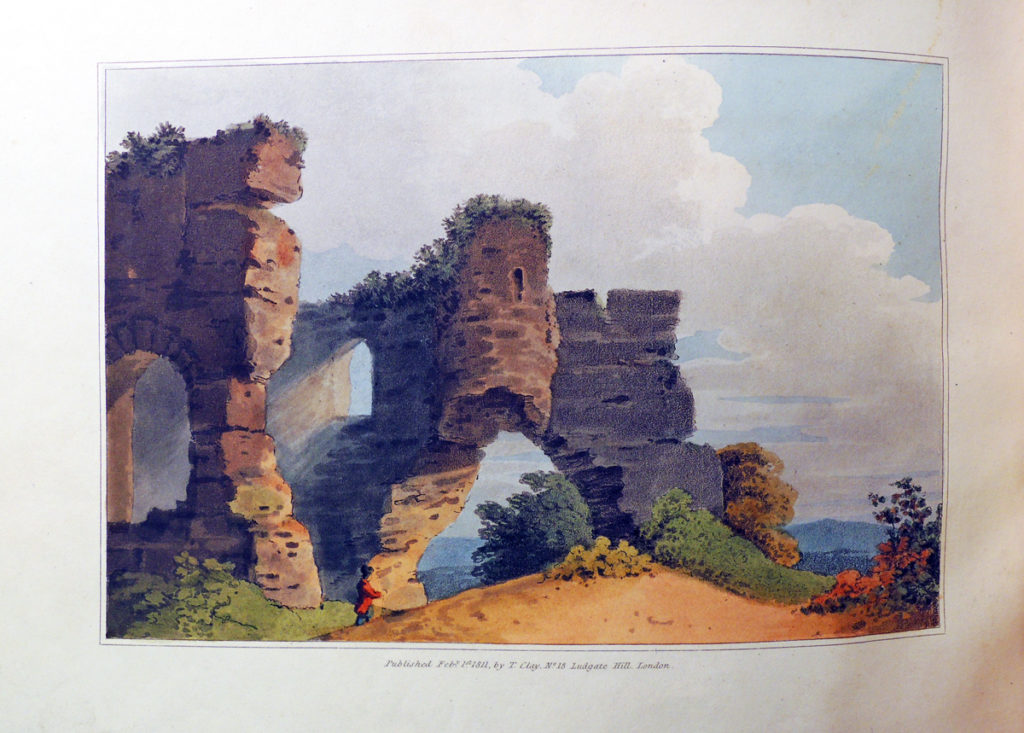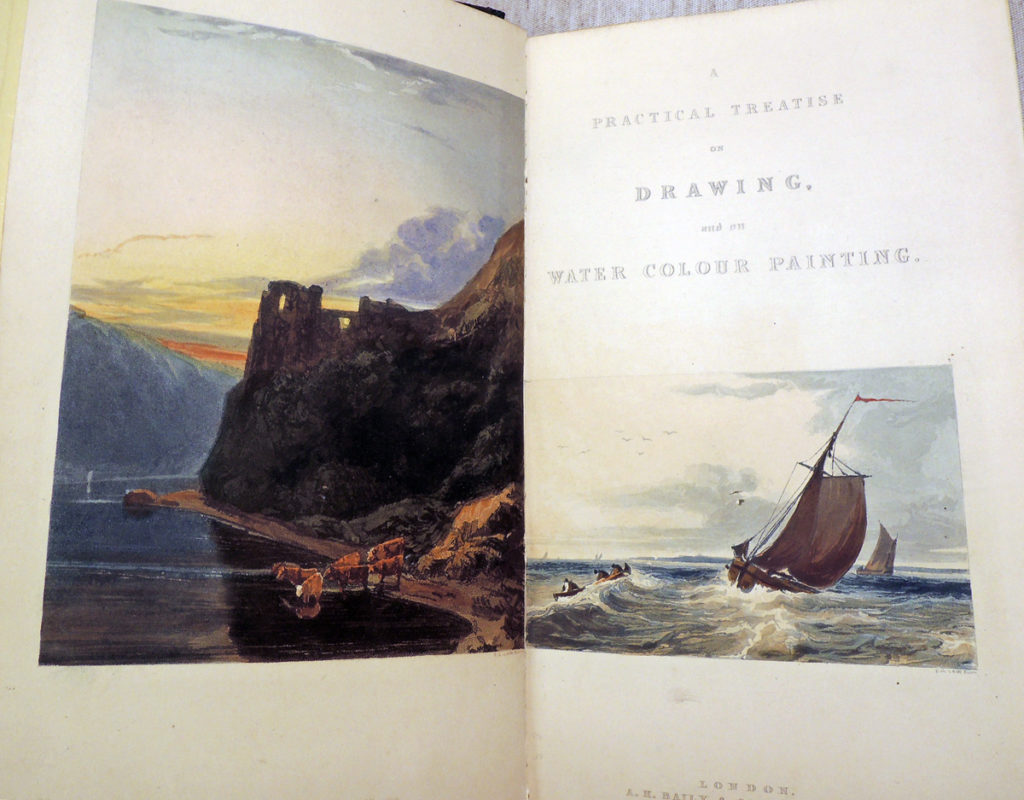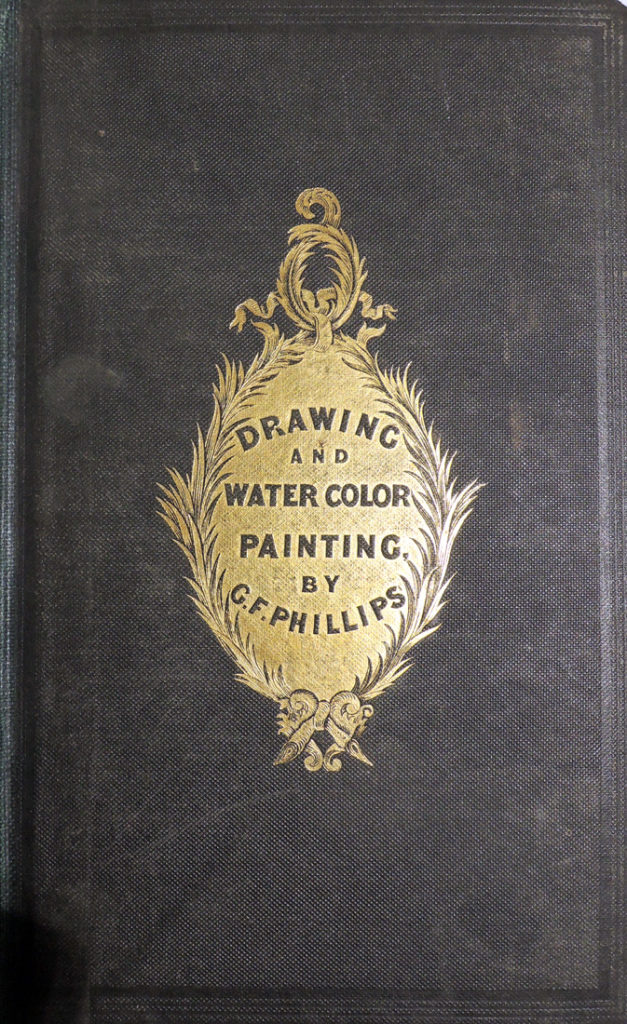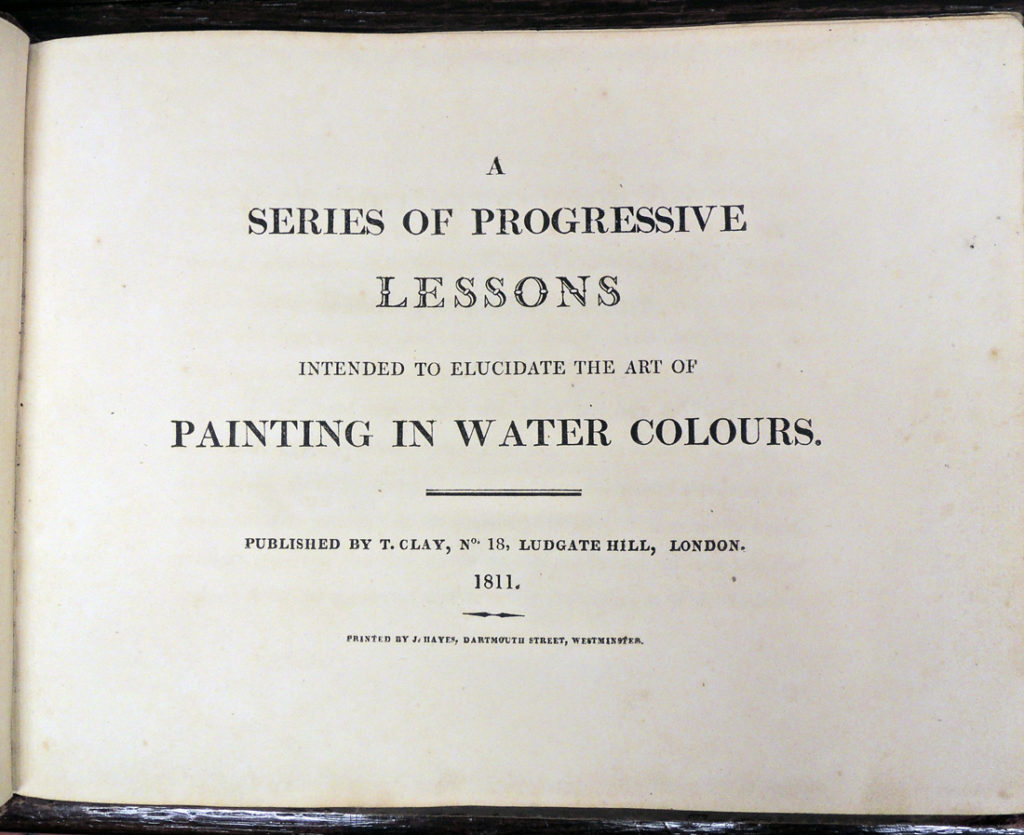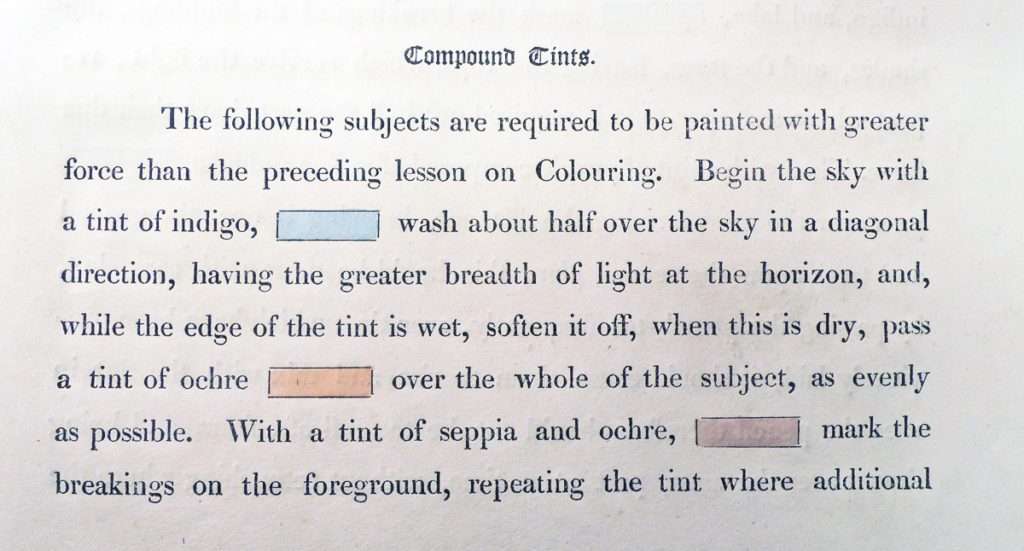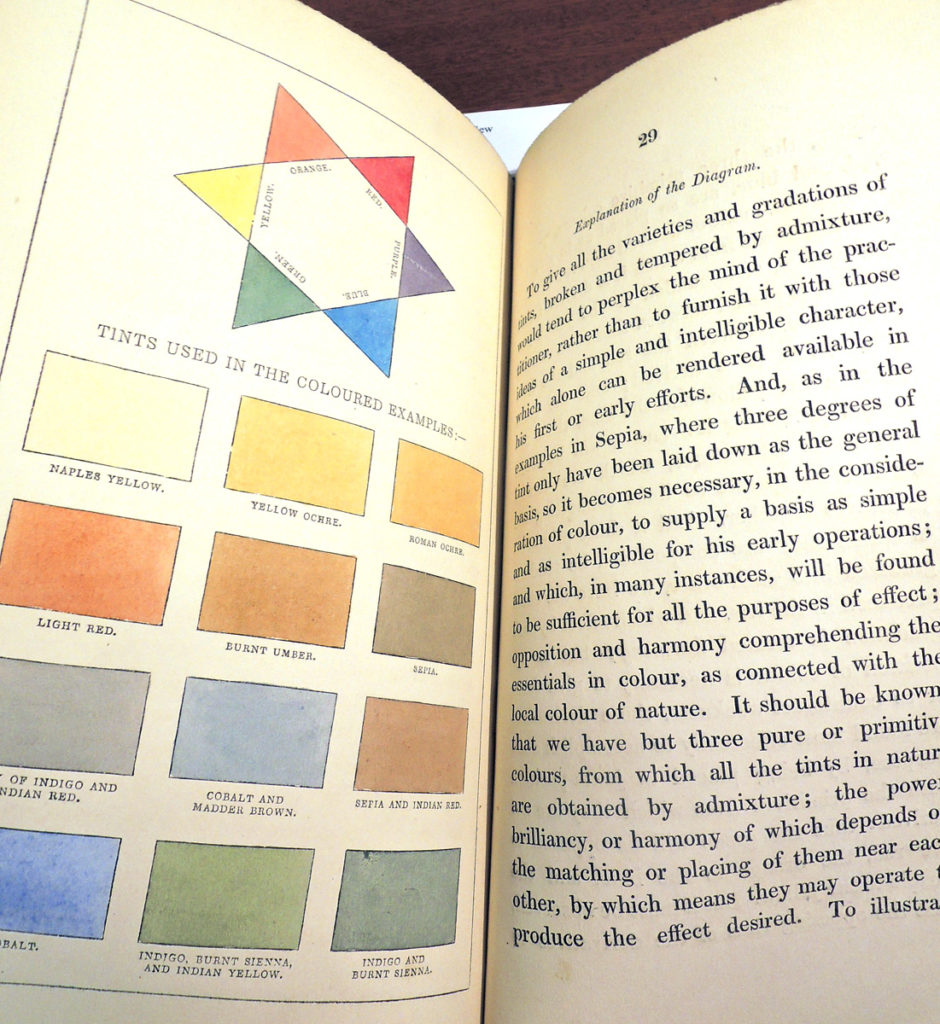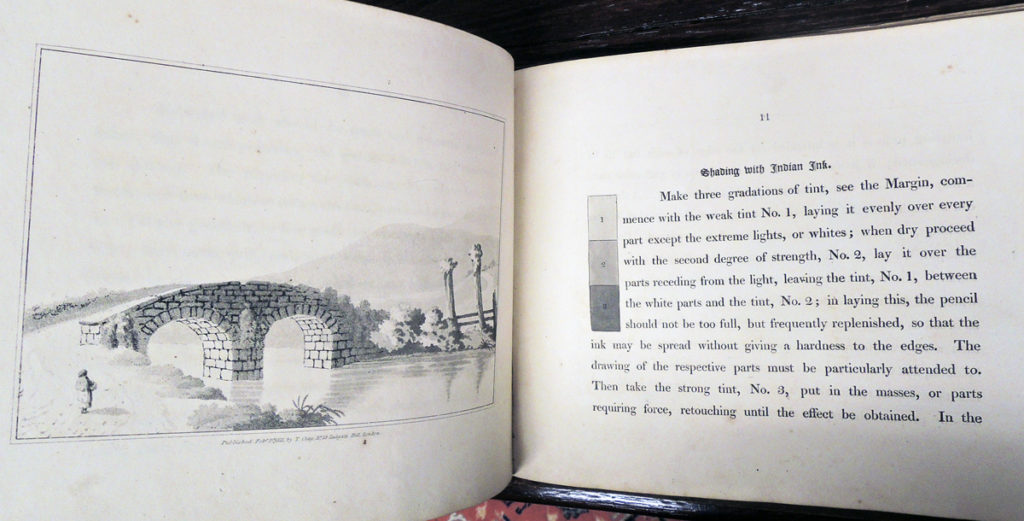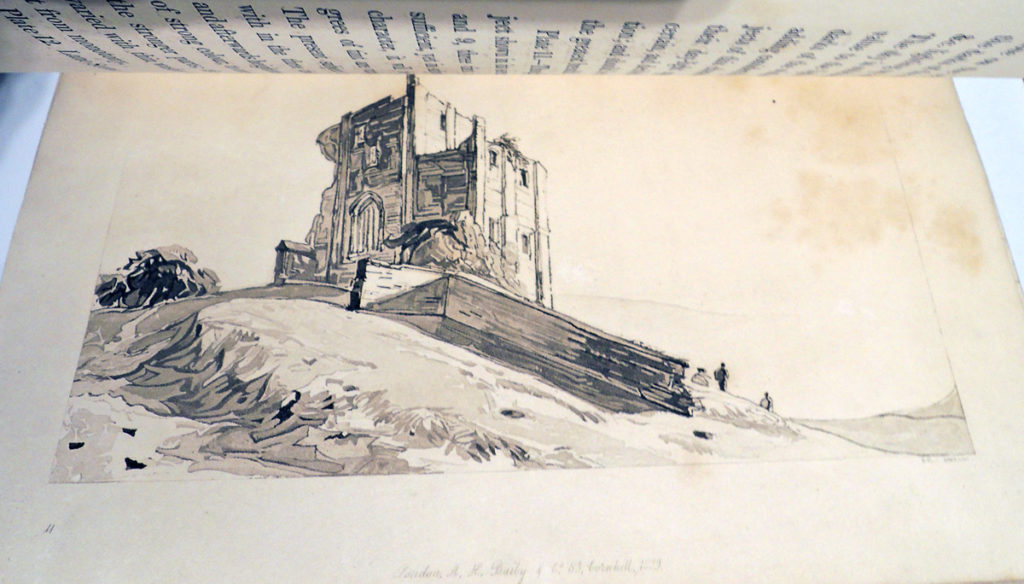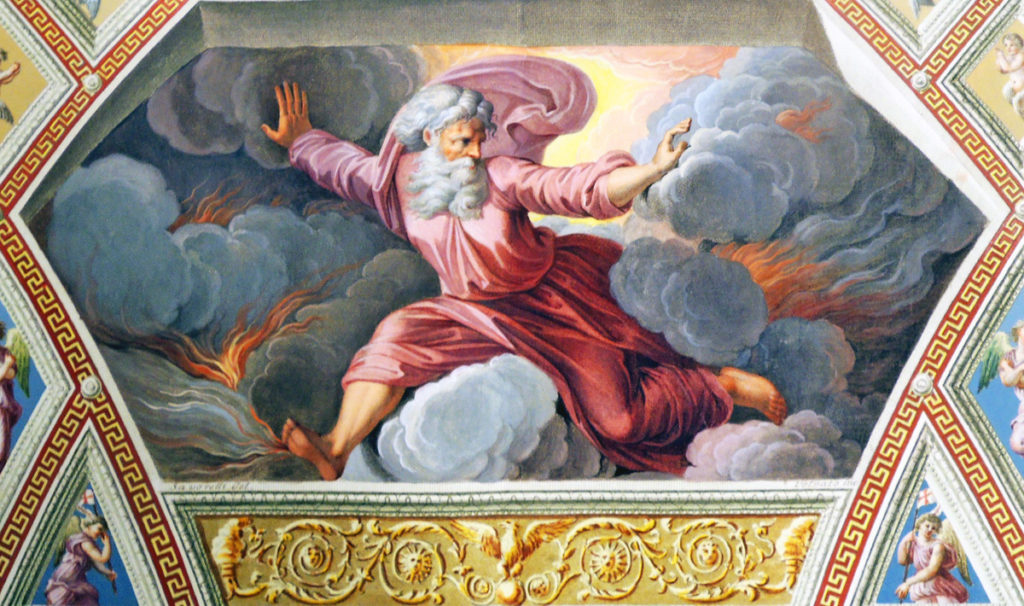 Detail of plate one, God Dividing Light from Darkness
Detail of plate one, God Dividing Light from Darkness
A single plate engraved by Giovanni Ottaviani after Raphael was recently found among the unidentified prints in our collection. This led to the discovery of a complete set of all 13 painted engravings for the “Seconda Parte” of the celebrated Loggie di Rafaele nel Vaticano. The spectacular volume has now been acquired for Princeton University Library in honor of Marvin Bielawski, Deputy University Librarian, Princeton University Library, thanks to the joint efforts of the Friends of the Princeton University Library and the Graphic Arts Collection.
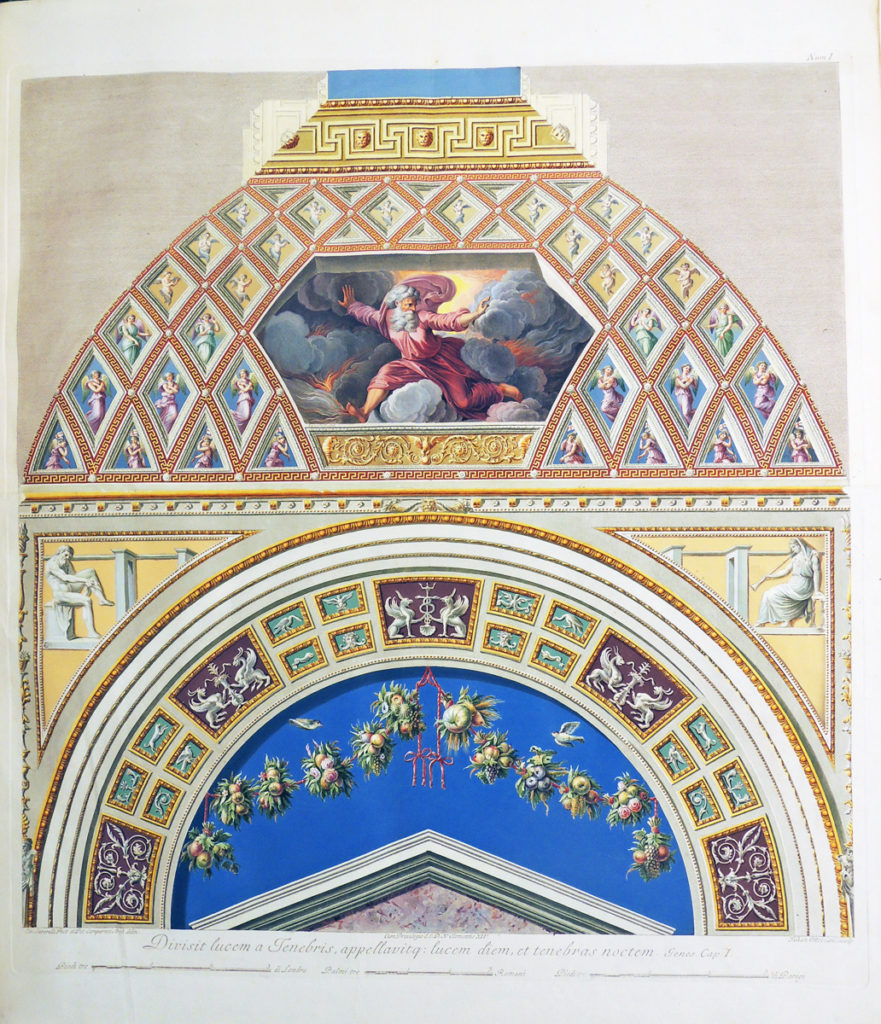 Plate one, God Dividing Light from Darkness
Plate one, God Dividing Light from Darkness
Seconda parte delle Logge di Rafaele nel Vaticano. Volume two of Loggie di Rafaele nel Vaticano. Engraved by Giovanni Ottaviani (1735–ca. 1808) and Giovanni Volpato (1732–1803); after designs by Gaetano Savorelli (died 1791), Ludovicus Teseo Taurinensis (active 18th century) and Pietro Camporesi (1726–1781); after frescoes by Raphael (1483-1520). Publisher unknown, 1776. Title page and 13 engraving with hand painted gouache color. Purchased by the Friends of the Princeton University Library and the Graphic Arts Collection in honor of Marvin Bielawski. Graphic Arts Collection (GAX) 2017- in process.
This volume of 18th-century painted engravings reproduces the 16th-century frescoes by Raphael (Rafaello Sanzio d’ Urbino) along the Loggia of the Vatican in Rome. Sometimes called Raphael’s Bible, the Loggia’s 13 arcades are decorated with 52 frescoes: 48 subjects from the Old Testament and 4 depicting the life of Christ. The original sketches were made by Raphael, the cartoons prepared by Giulio Romano, and the painting done by multiple artists between 1516-1519.
Only one of the 4 scenes from each arcade are reproduced in brilliant gouache color for the Seconda parte. All 52 scenes can be seen in black and white in Picturae peristylI Vaticani, manus Raphaelis SancI, in tabulis aereis nova cura expressae, chartisque reddita anno MDCCLXXXX ([Rome: Caleografia Camerale, 1790]). Rare Books (Ex) Oversize 2009-0001E
Professional photography will soon be completed of this beautiful volume but for now, here are some images of our new acquisition.
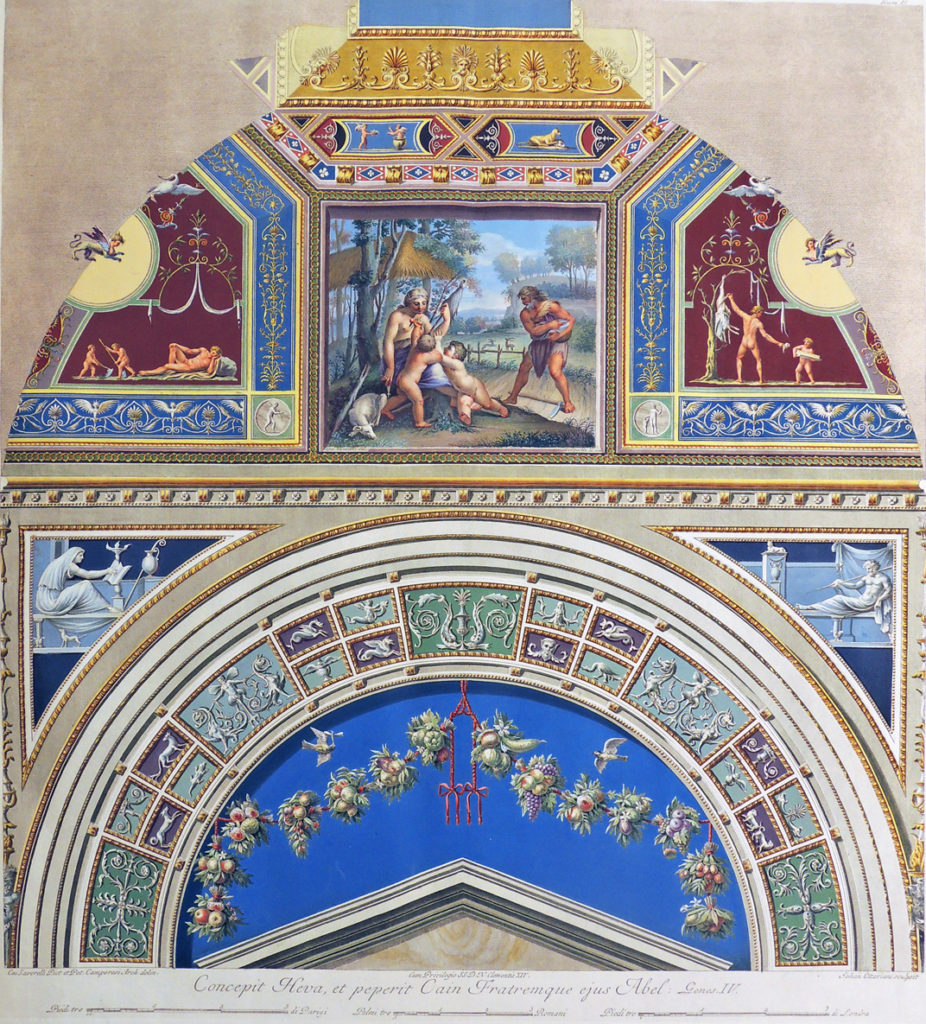 Plate two, Adam and Eve at Work out of Paradise.
Plate two, Adam and Eve at Work out of Paradise.
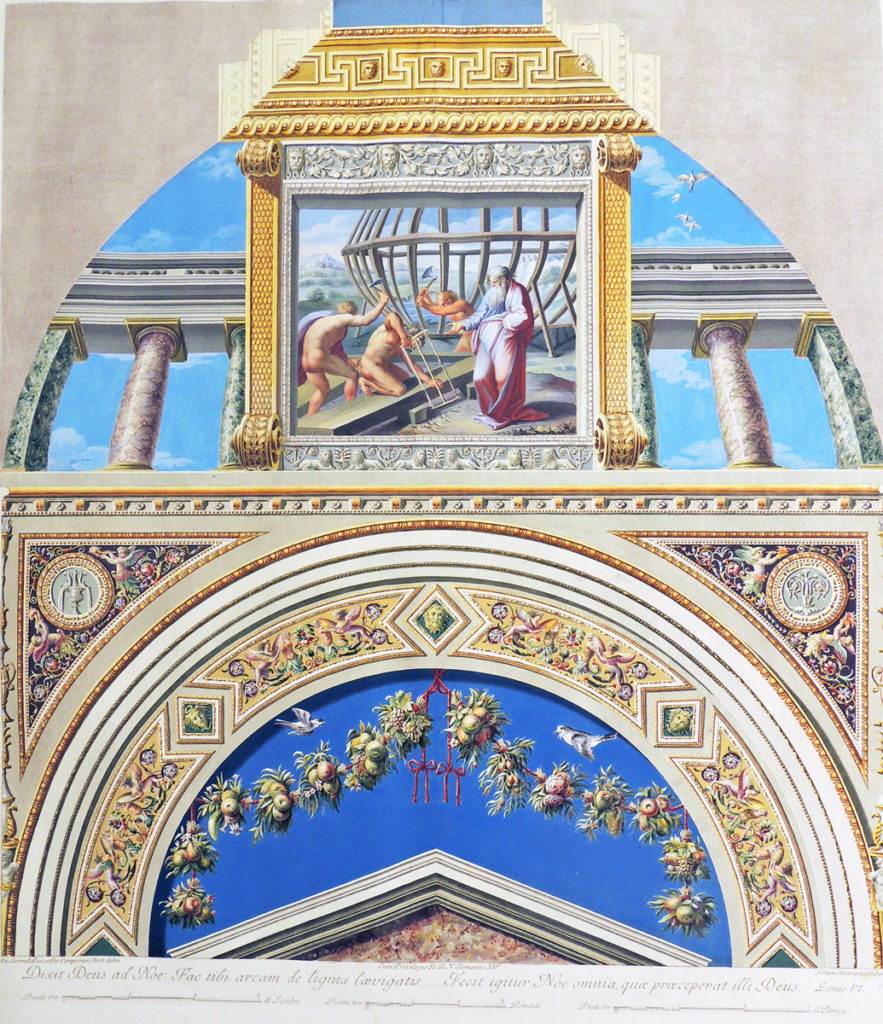 Plate three, Building of the Ark.
Plate three, Building of the Ark.
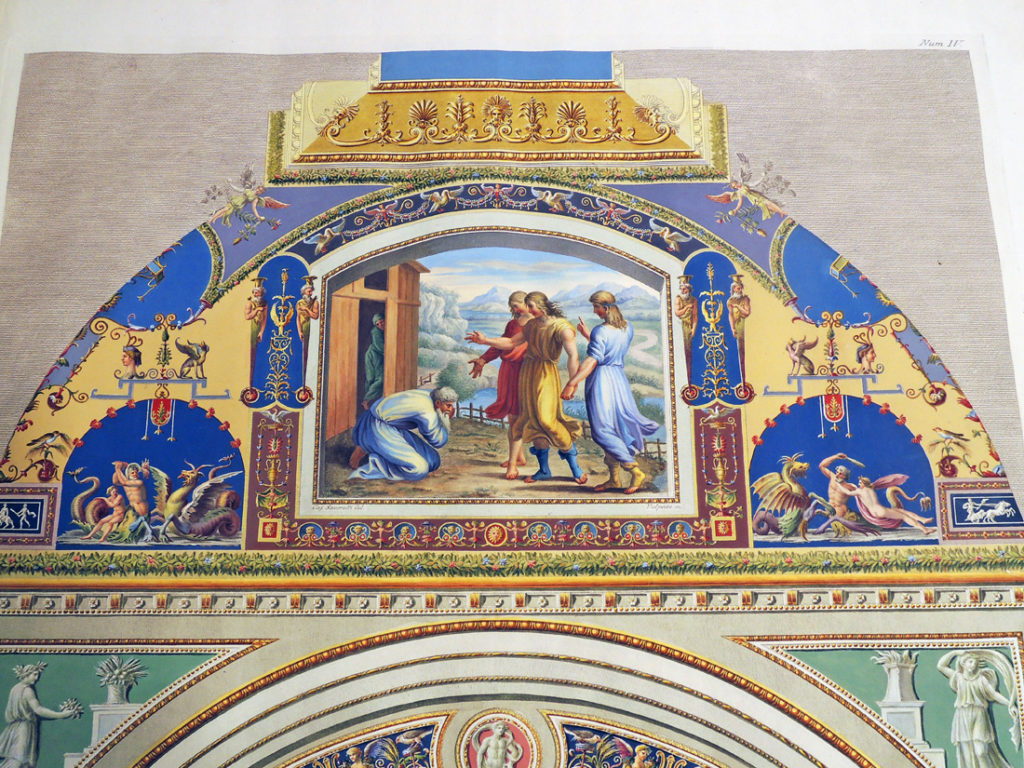 Detail of plate four, Three Angels Appearing to Abraham.
Detail of plate four, Three Angels Appearing to Abraham.
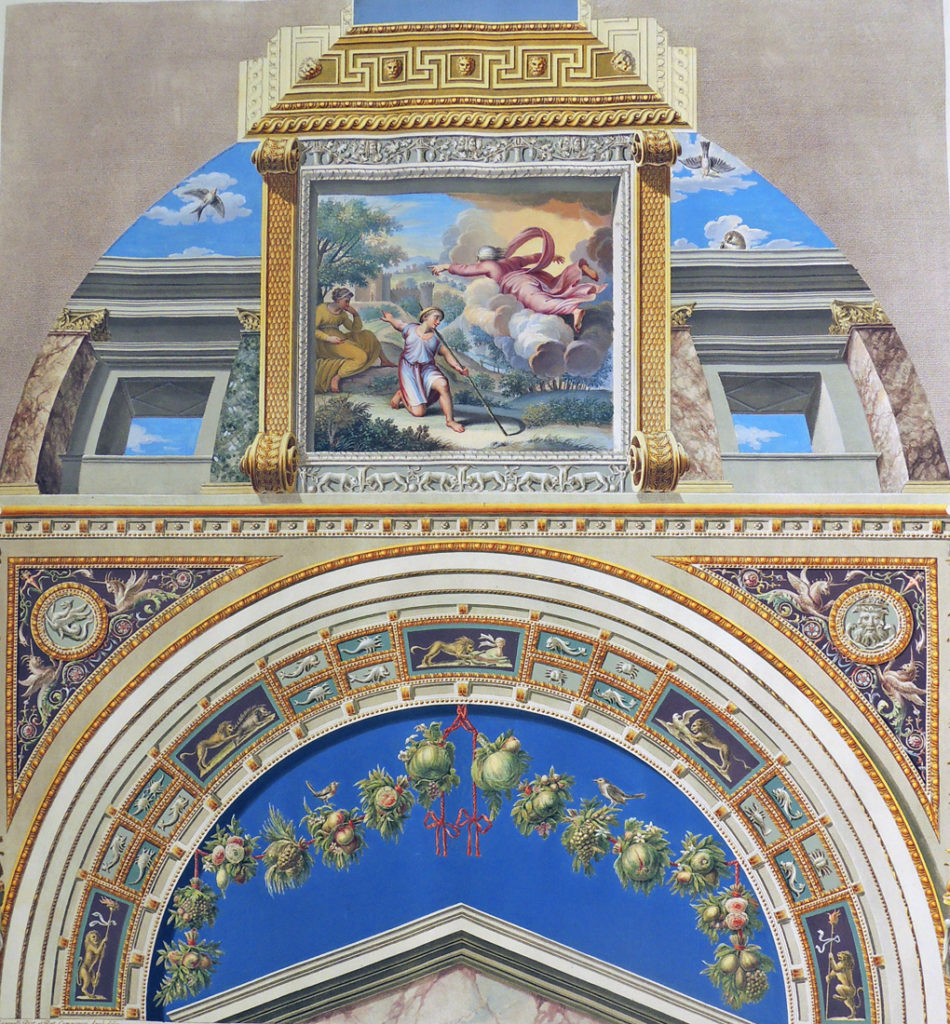 Plate five, God Appearing to Isaac.
Plate five, God Appearing to Isaac.
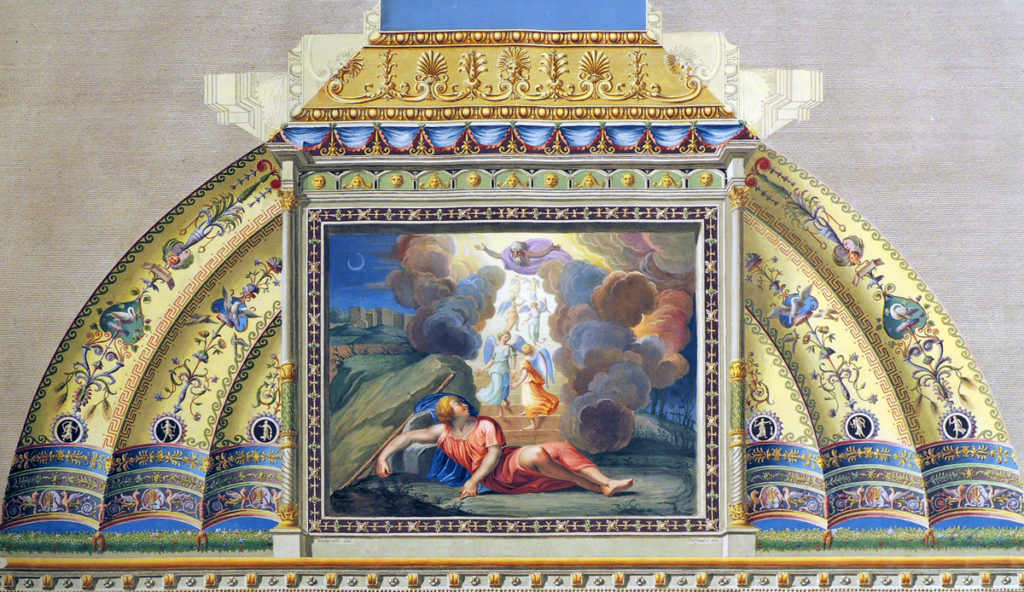 Detail from plate six, Jacob’s Ladder.
Detail from plate six, Jacob’s Ladder.
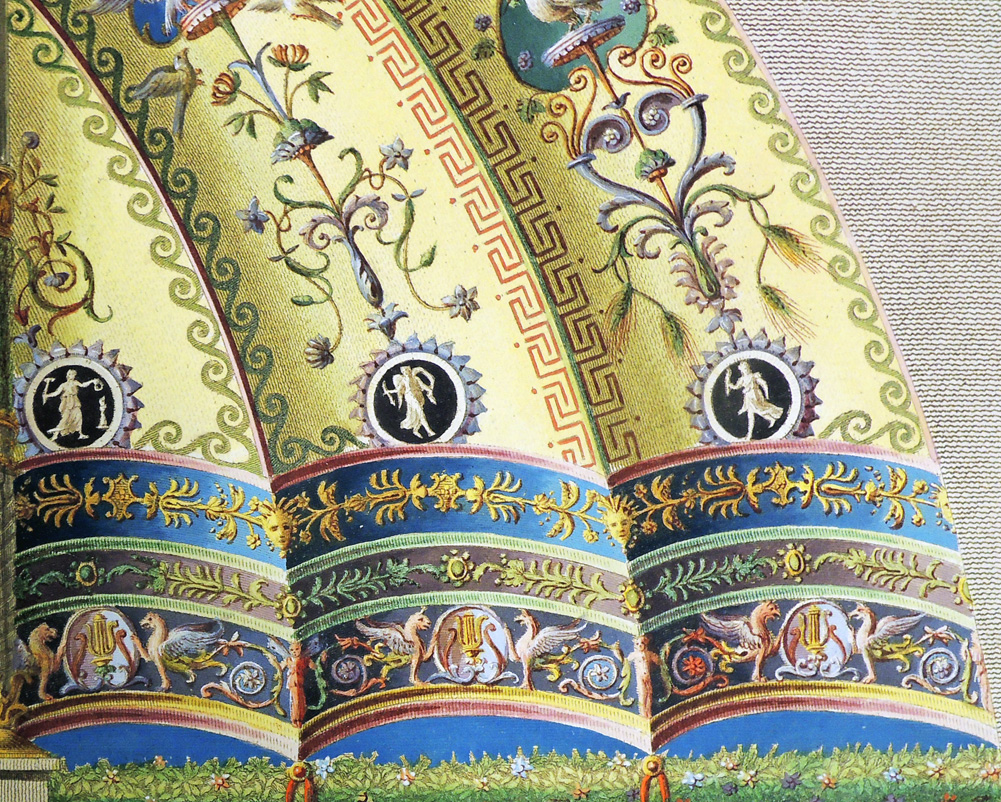 Detail from plate six, Jacob’s Ladder.
Detail from plate six, Jacob’s Ladder.
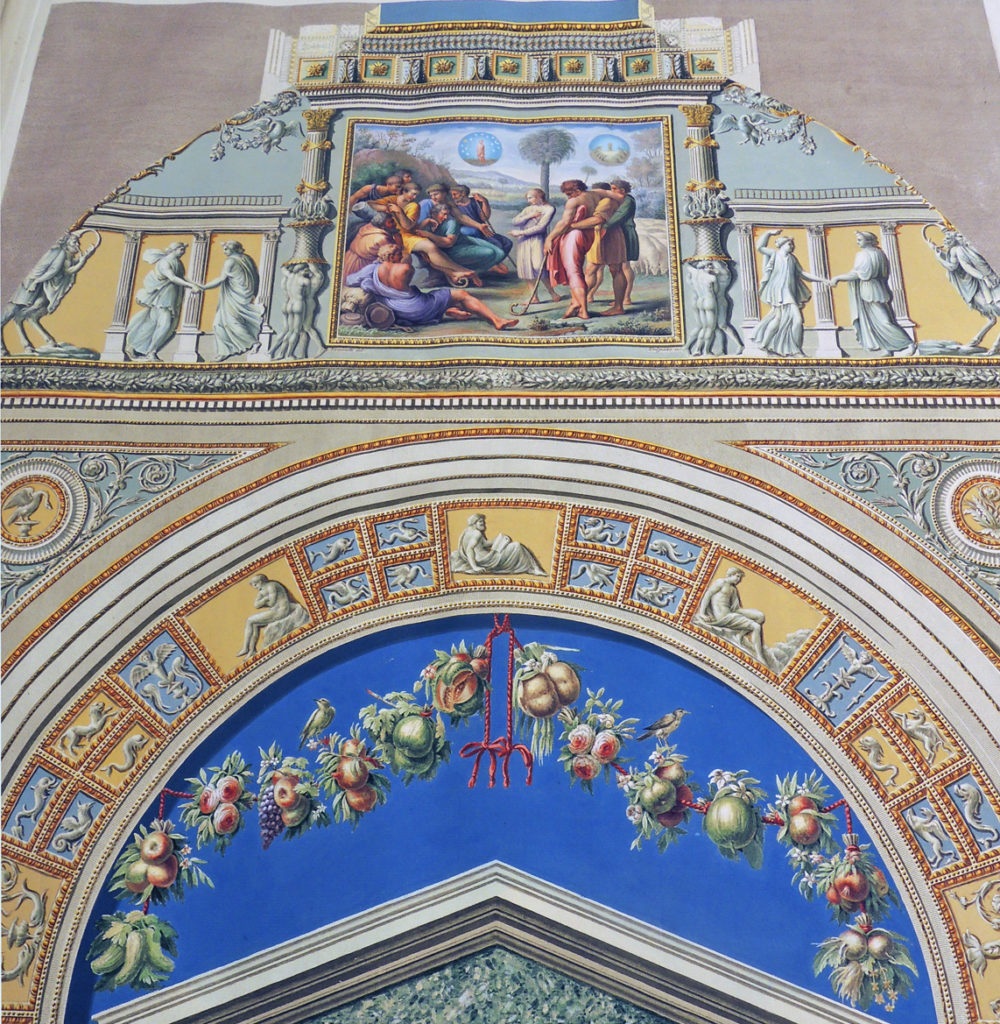 Detail from plate seven, Joseph Telling his Dream.
Detail from plate seven, Joseph Telling his Dream.
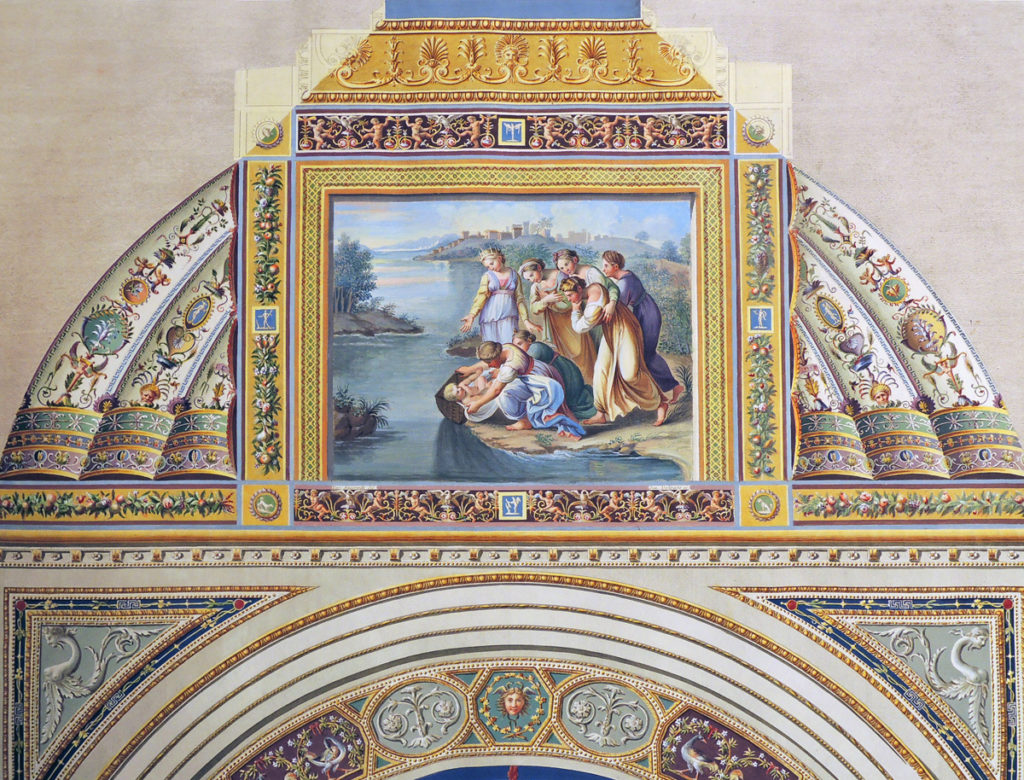 Detail from plate eight, The Finding of Moses.
Detail from plate eight, The Finding of Moses.
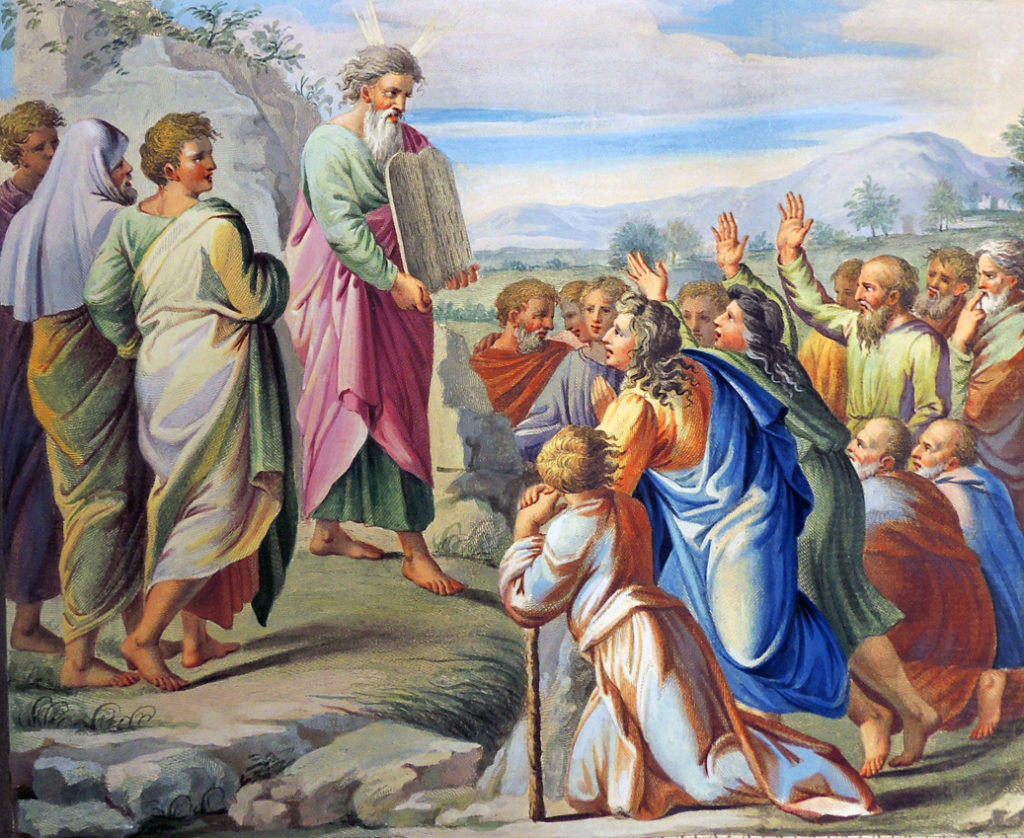 Detail from plate nine, Moses Showing the Tables of the Law.
Detail from plate nine, Moses Showing the Tables of the Law.
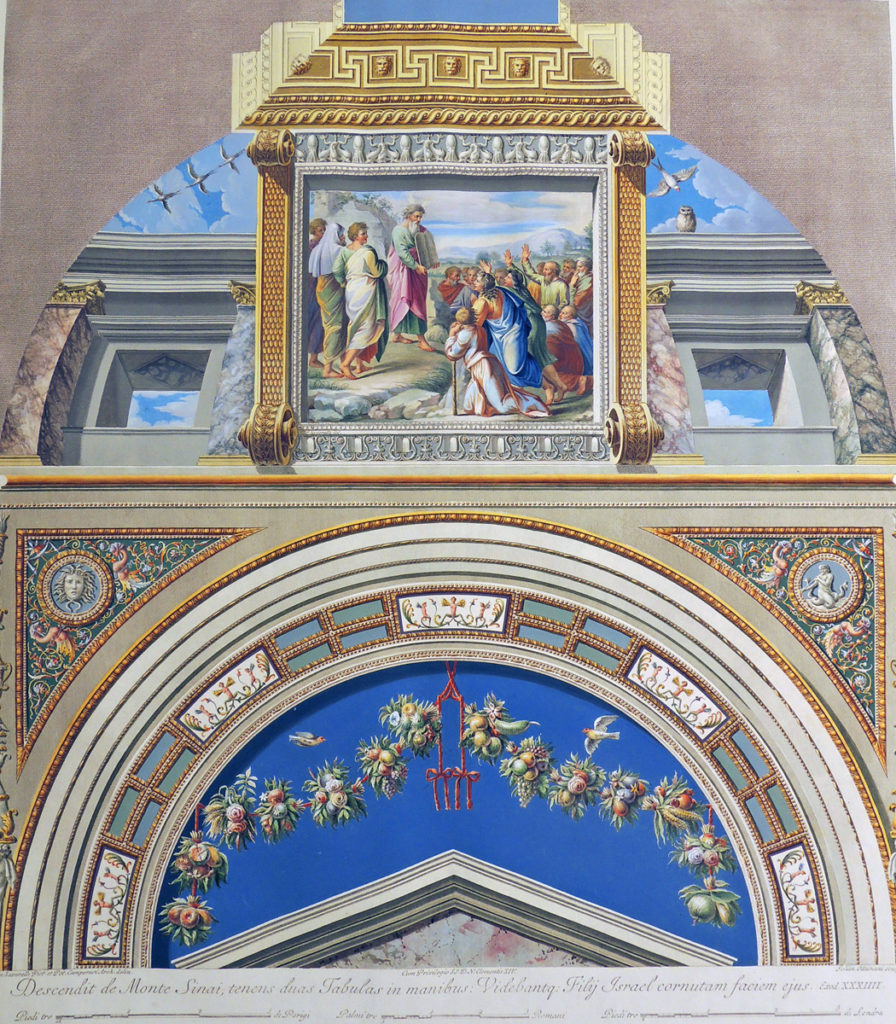 Plate nine, Moses Showing the Tables of the Law.
Plate nine, Moses Showing the Tables of the Law.
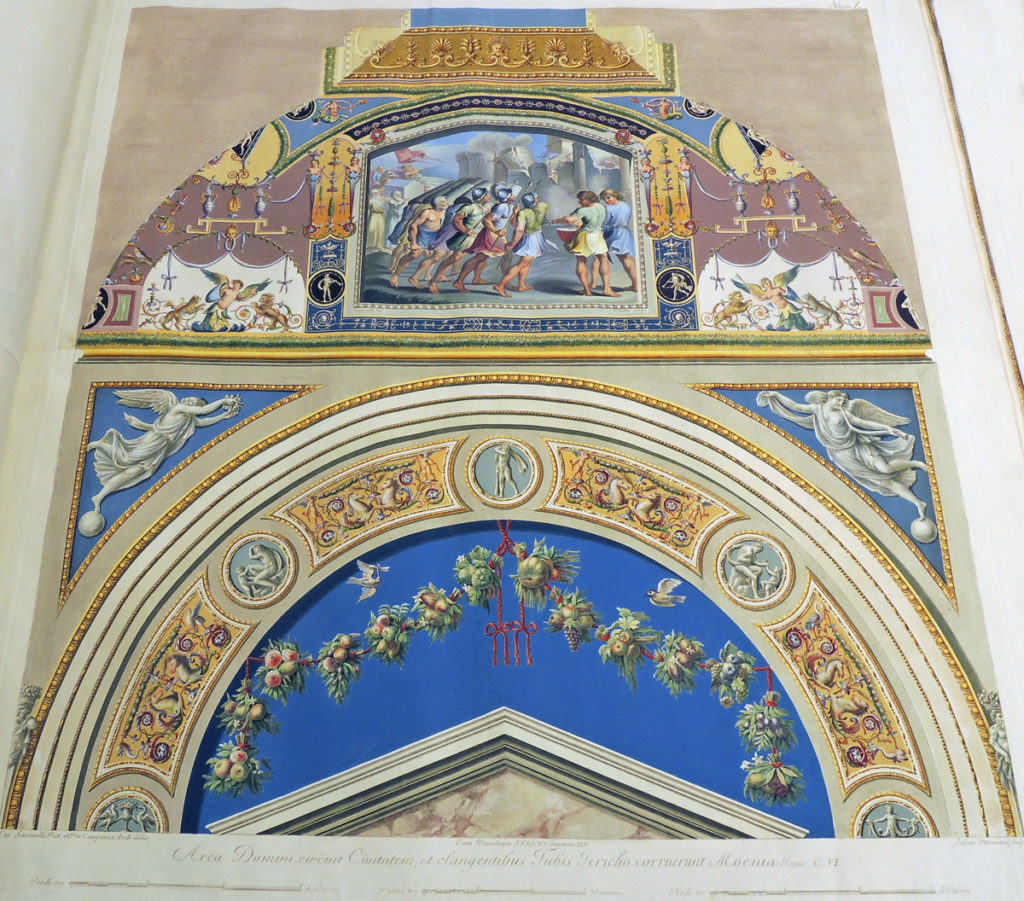 Plate ten, The Fall of Jericho.
Plate ten, The Fall of Jericho.
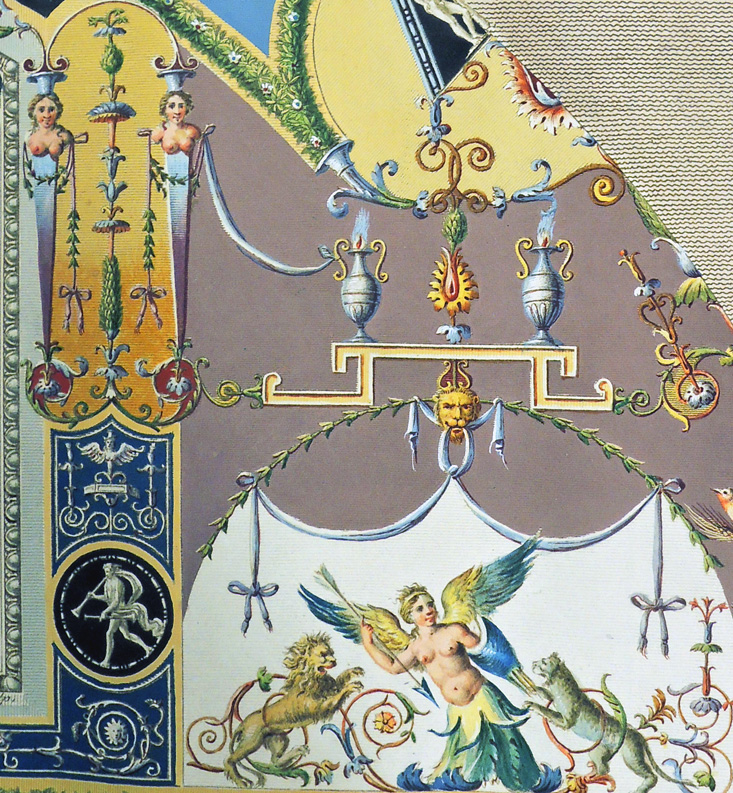 Detail from plate ten, The Fall of Jericho.
Detail from plate ten, The Fall of Jericho.
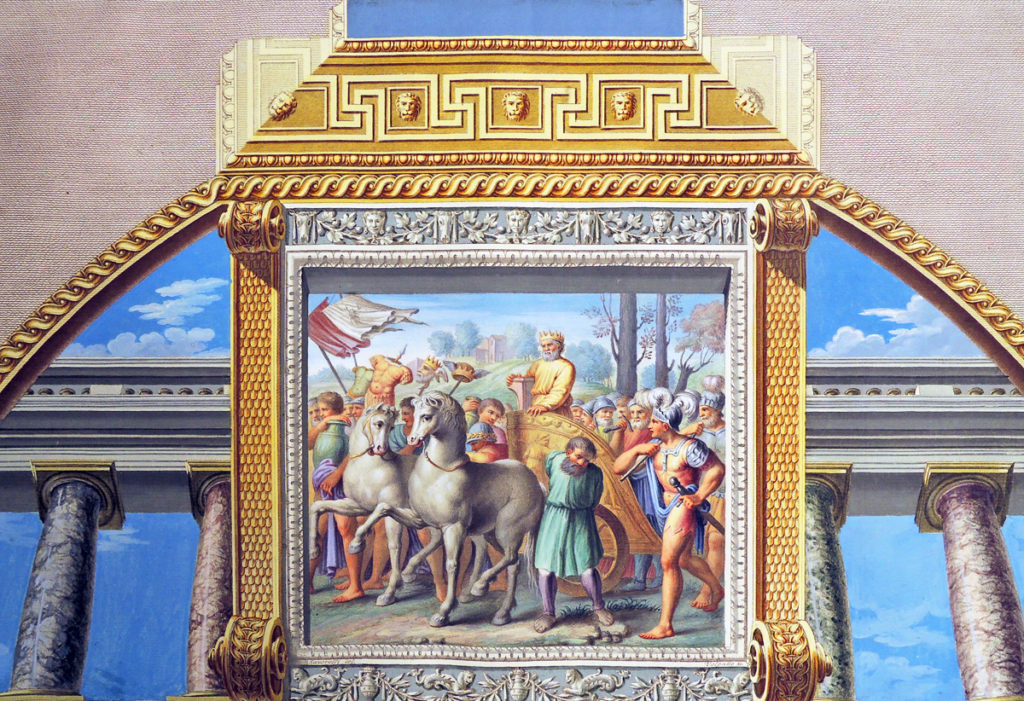 Detail from plate eleven, David’s Triumph over the Syrians.
Detail from plate eleven, David’s Triumph over the Syrians.
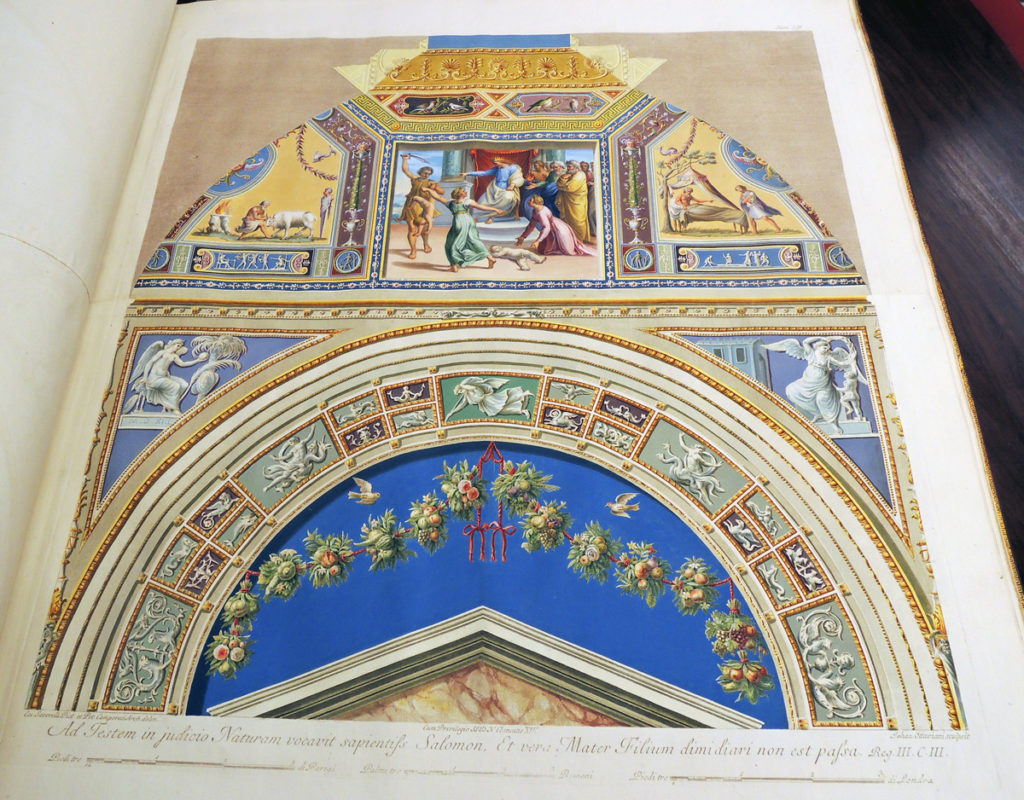 Plate twelve, The Judgment of Solomon.
Plate twelve, The Judgment of Solomon.
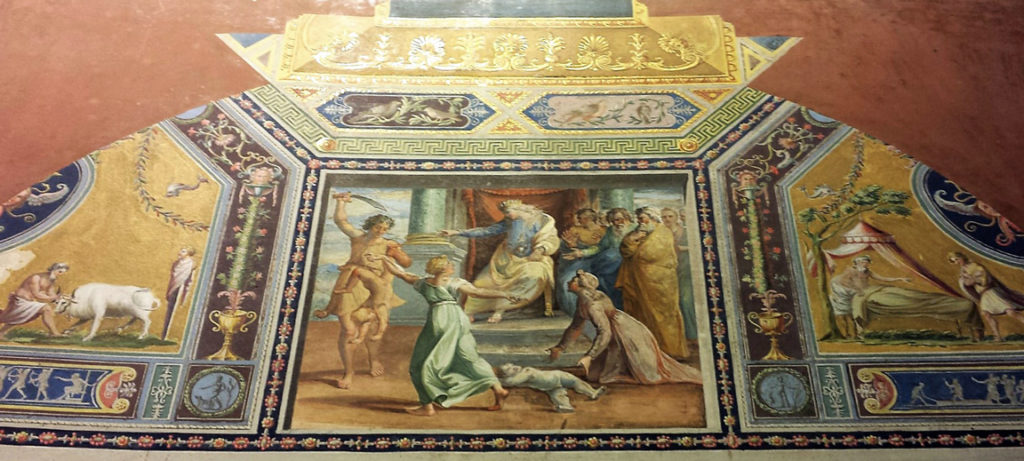 Every copy of this volume should be considered unique. Many were painted at a later date, or done with a different hand. See for example this detail from plate twelve of the copy owned by the New York Public Library.
Every copy of this volume should be considered unique. Many were painted at a later date, or done with a different hand. See for example this detail from plate twelve of the copy owned by the New York Public Library.
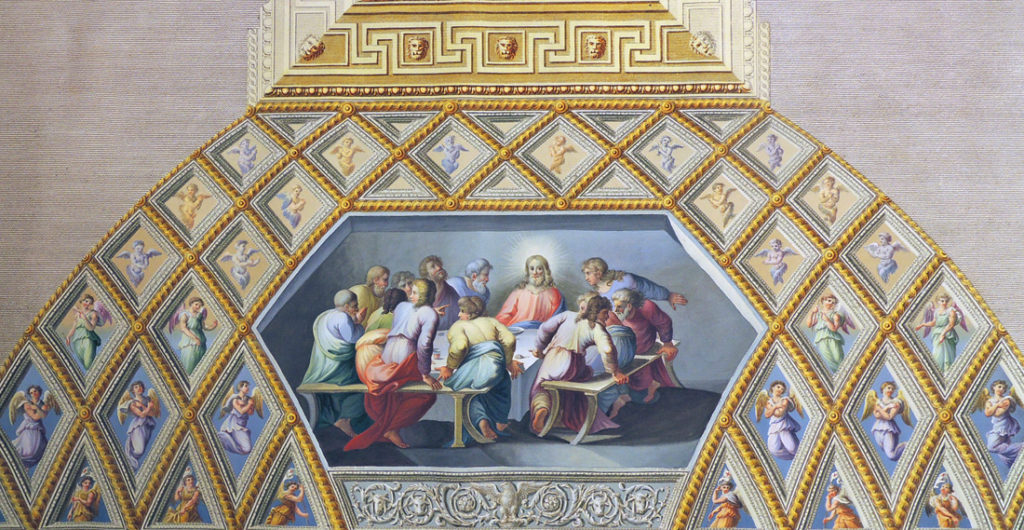 Detail from plate thirteen, The Last Supper.
Detail from plate thirteen, The Last Supper.
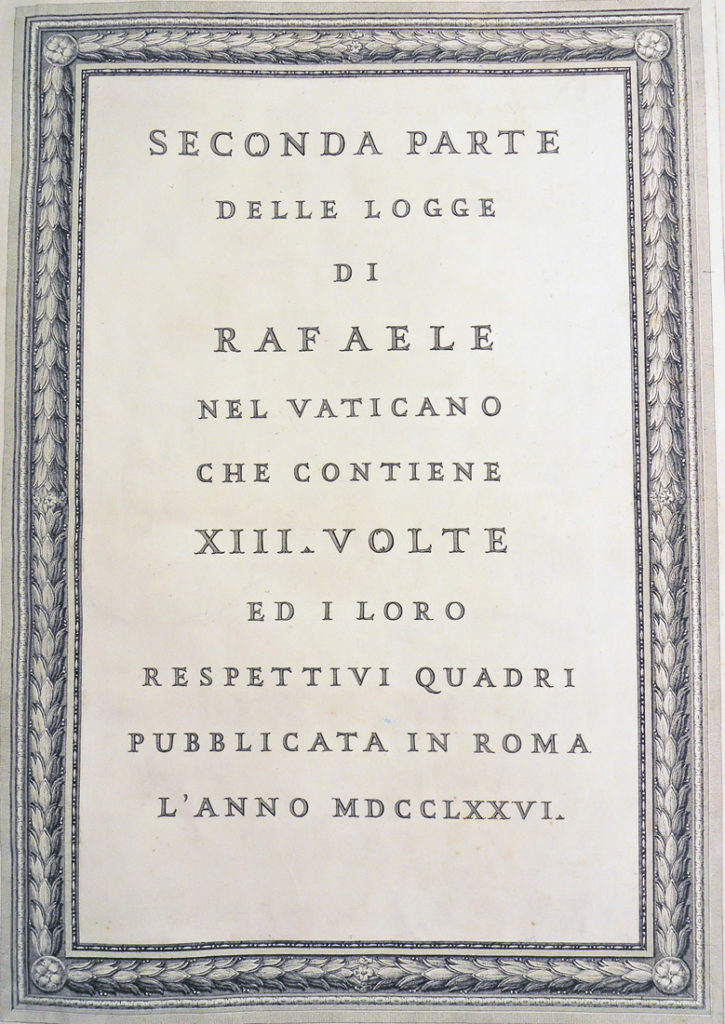 Title page of volume two, Logge di Rafaele nel Vaticano.
Title page of volume two, Logge di Rafaele nel Vaticano.
Below is the title page from volume one, not held at Princeton University Library

